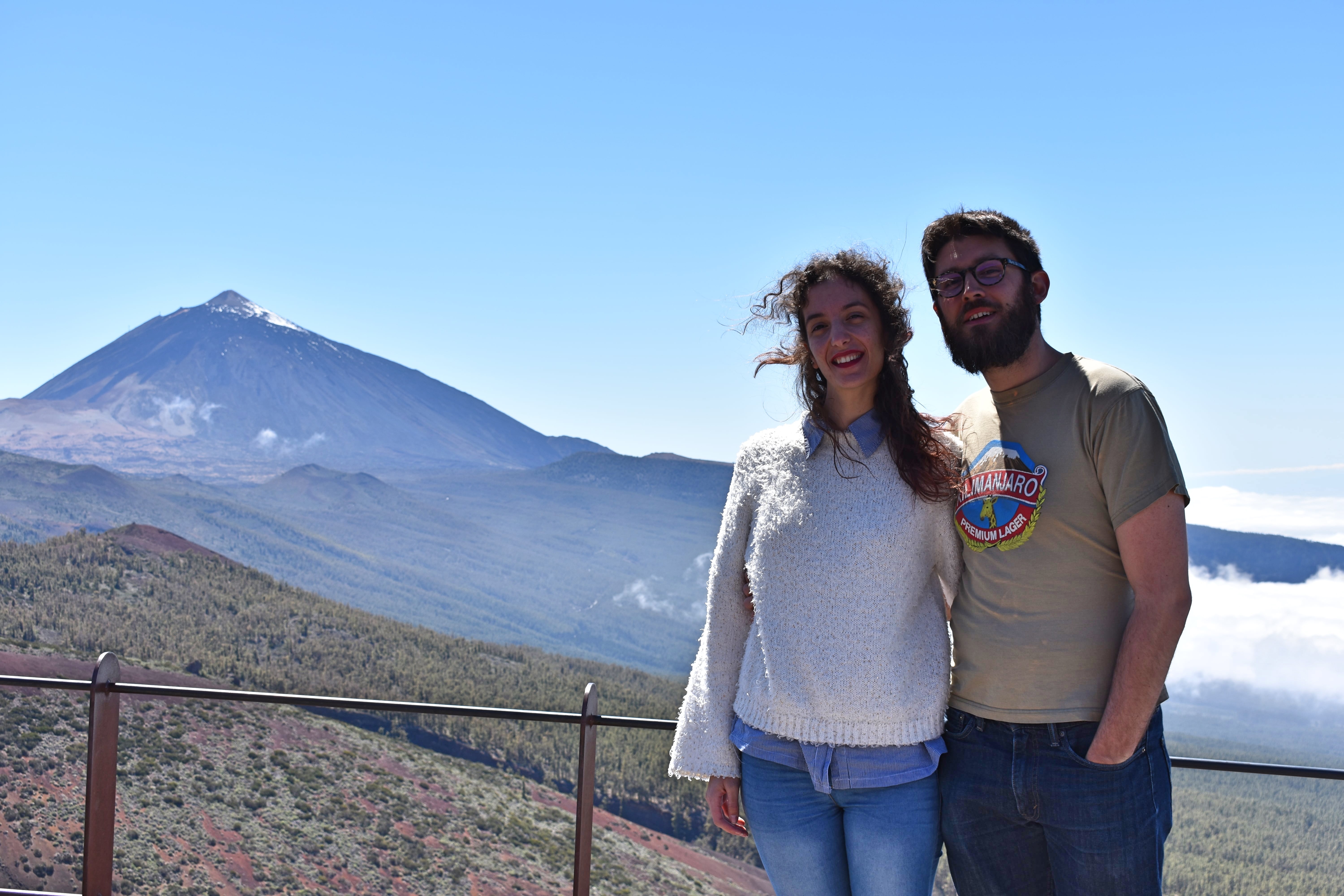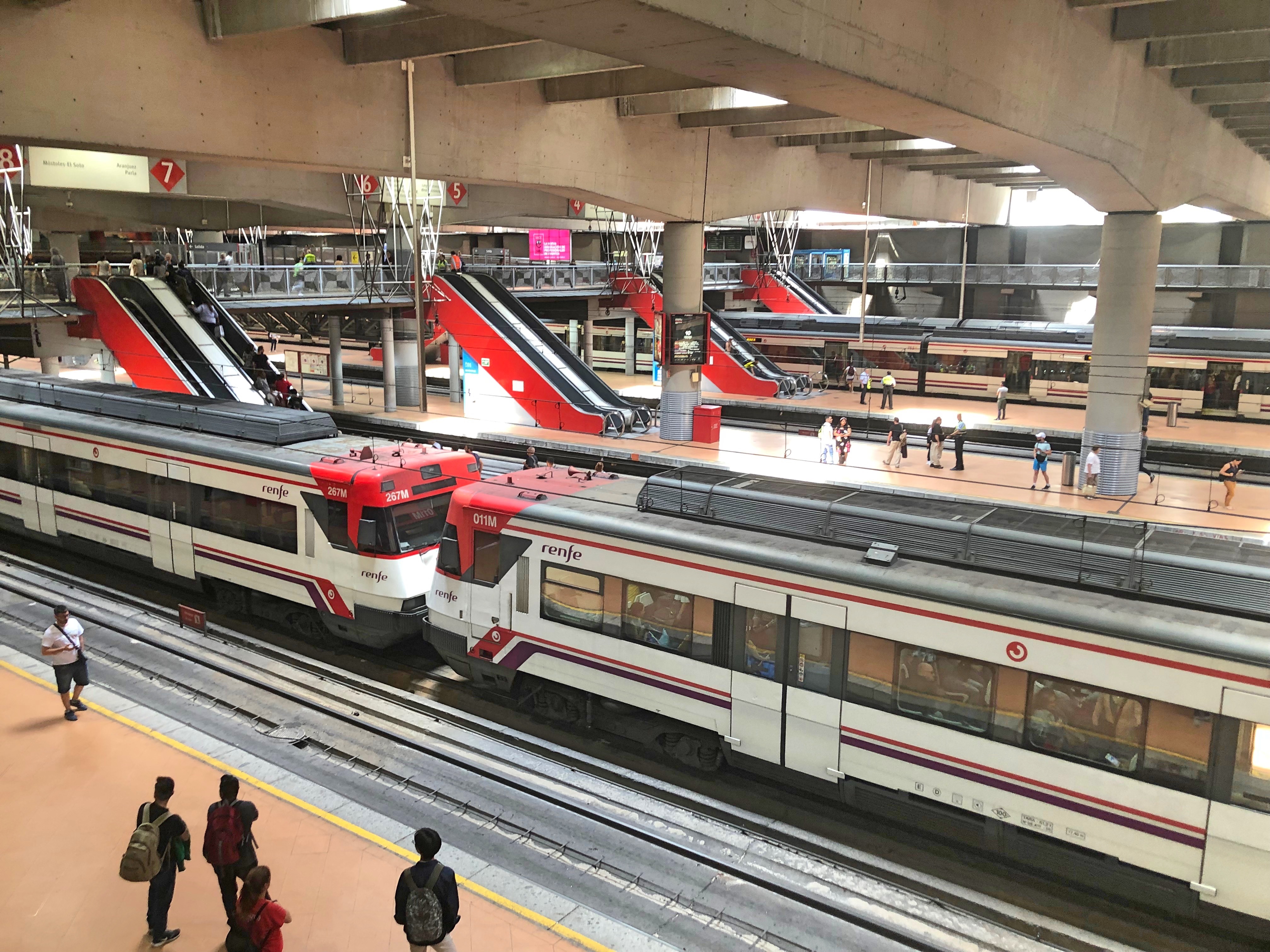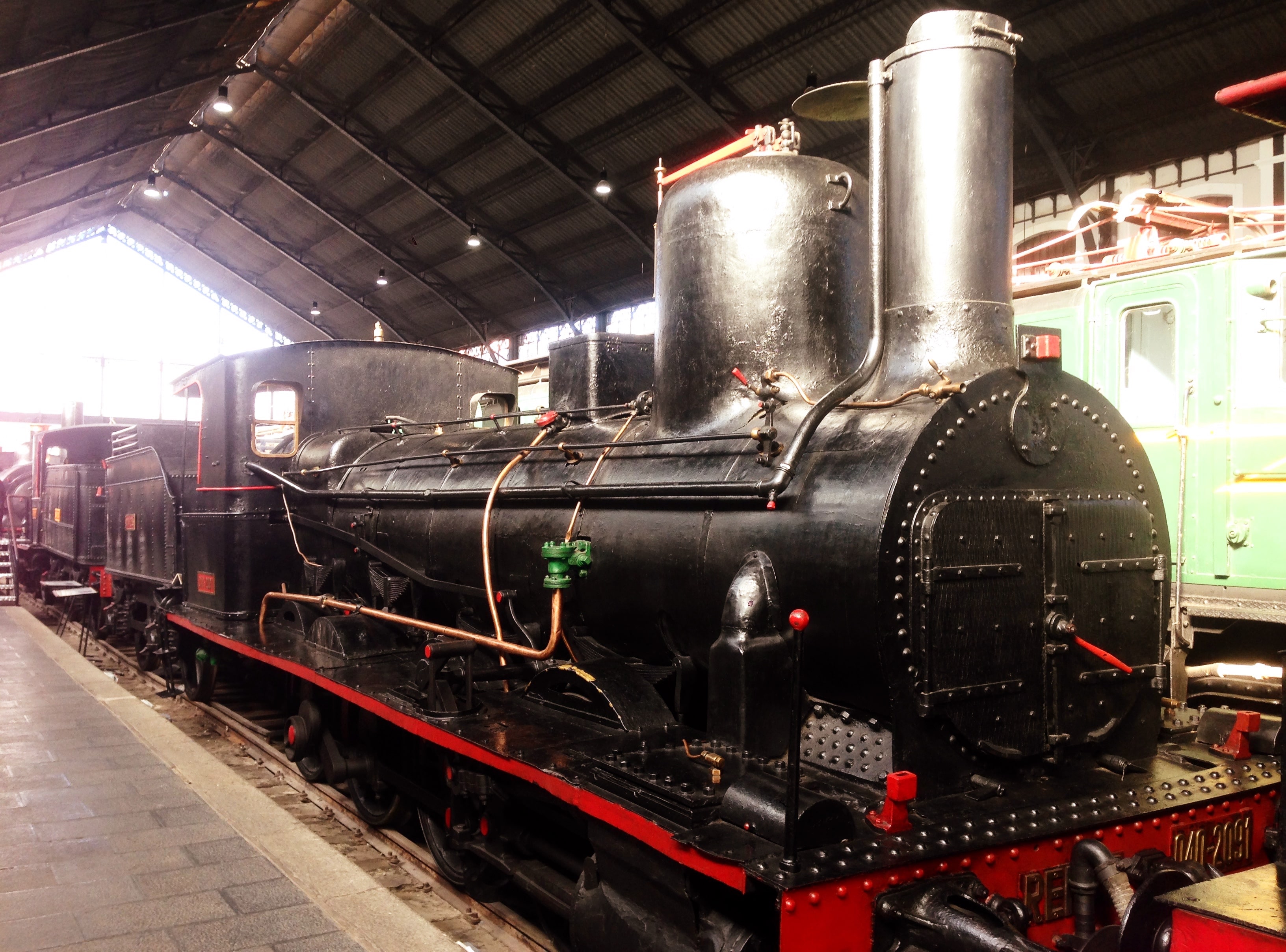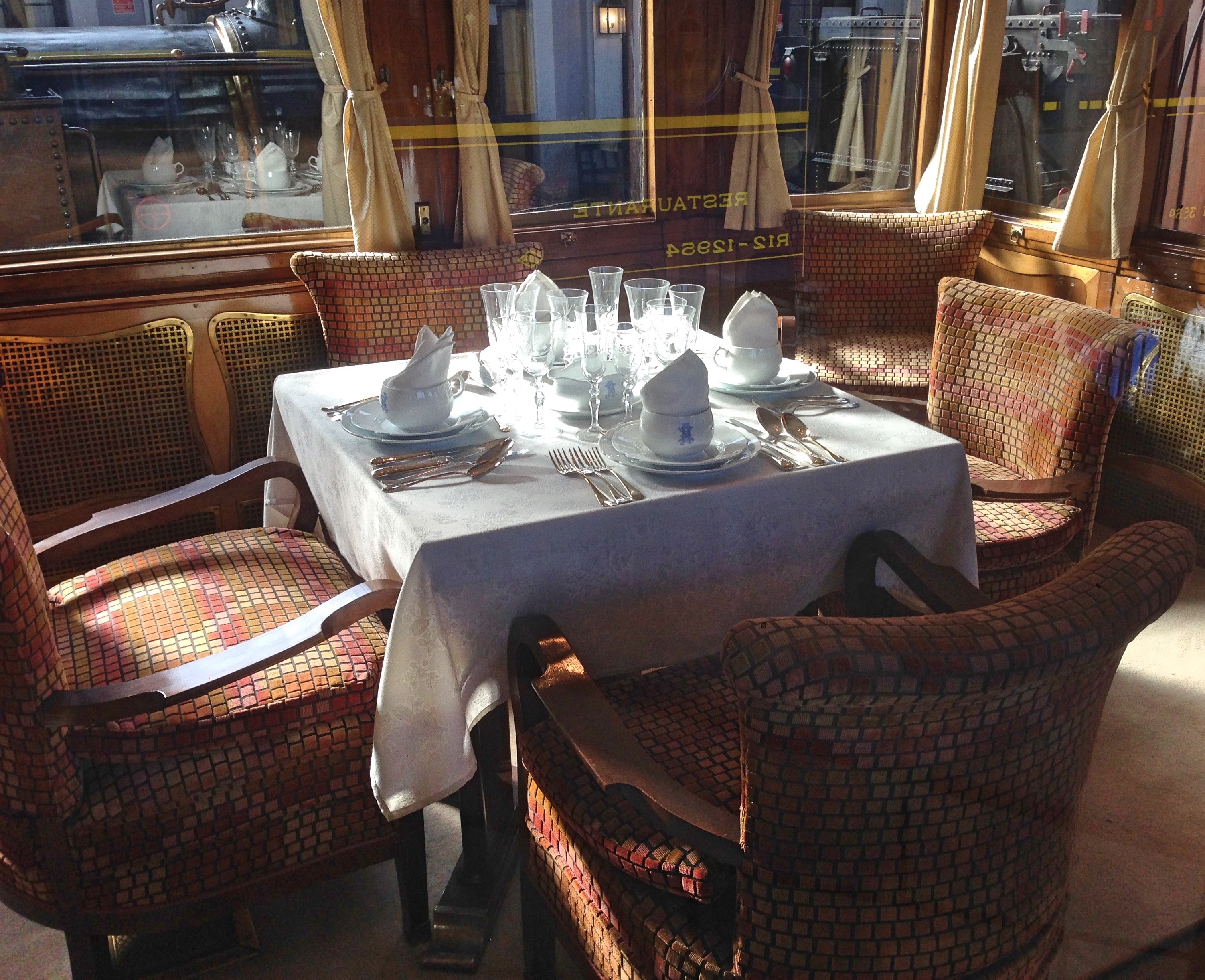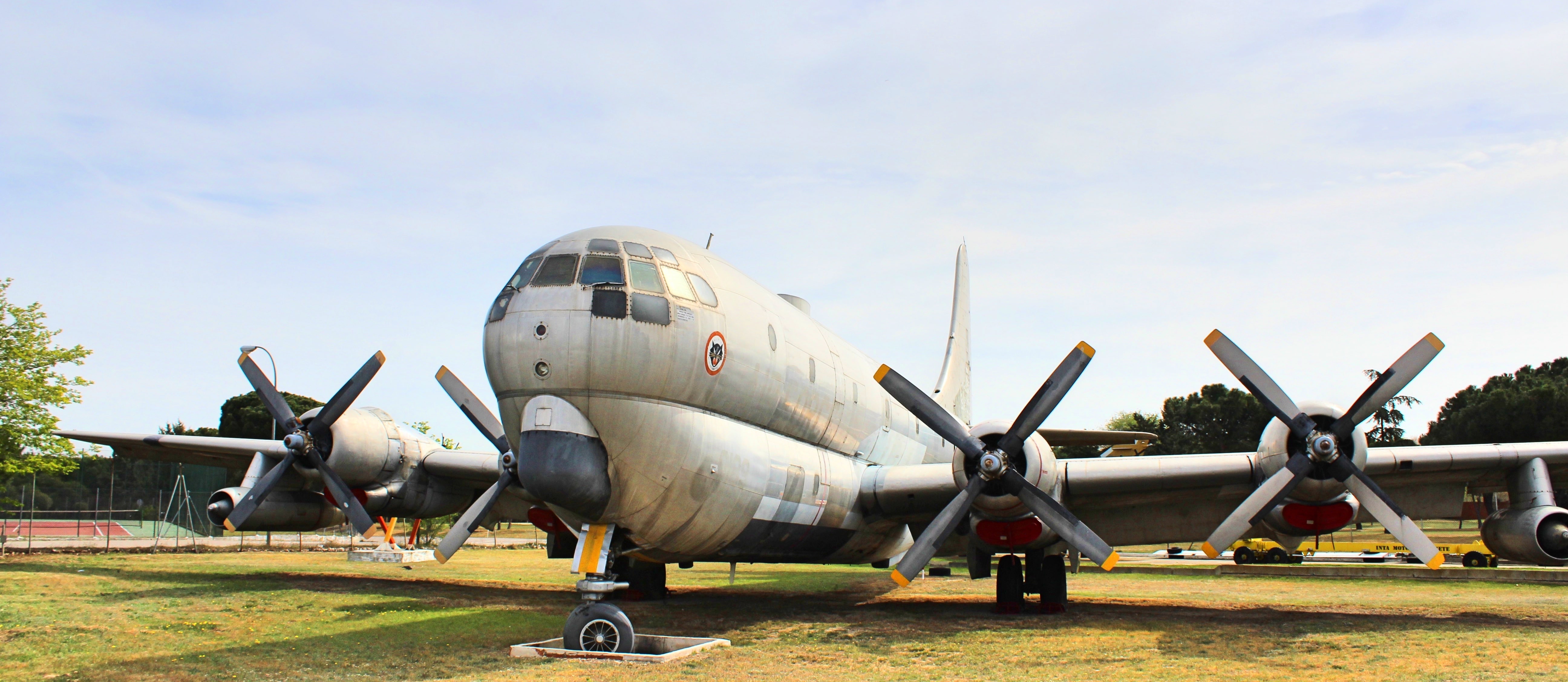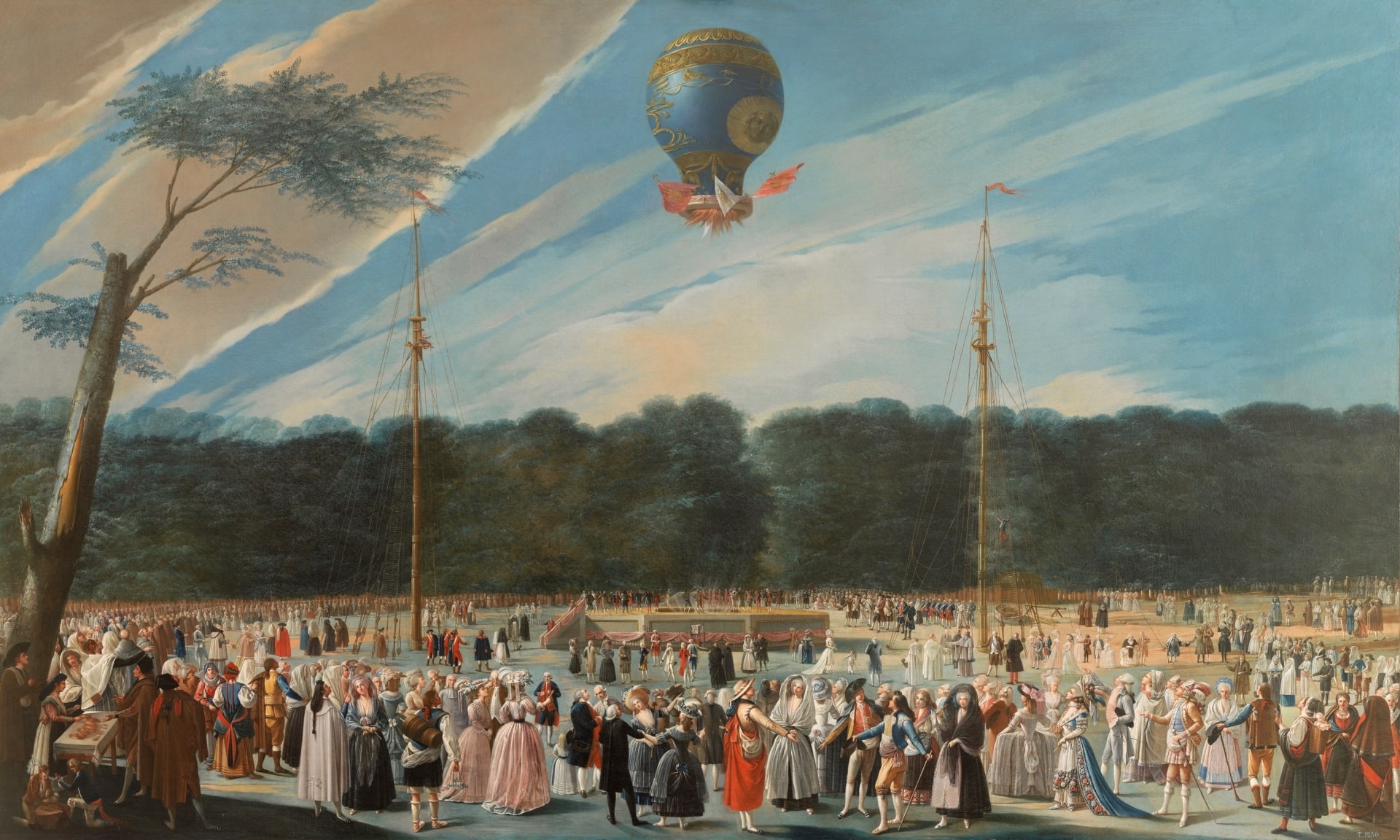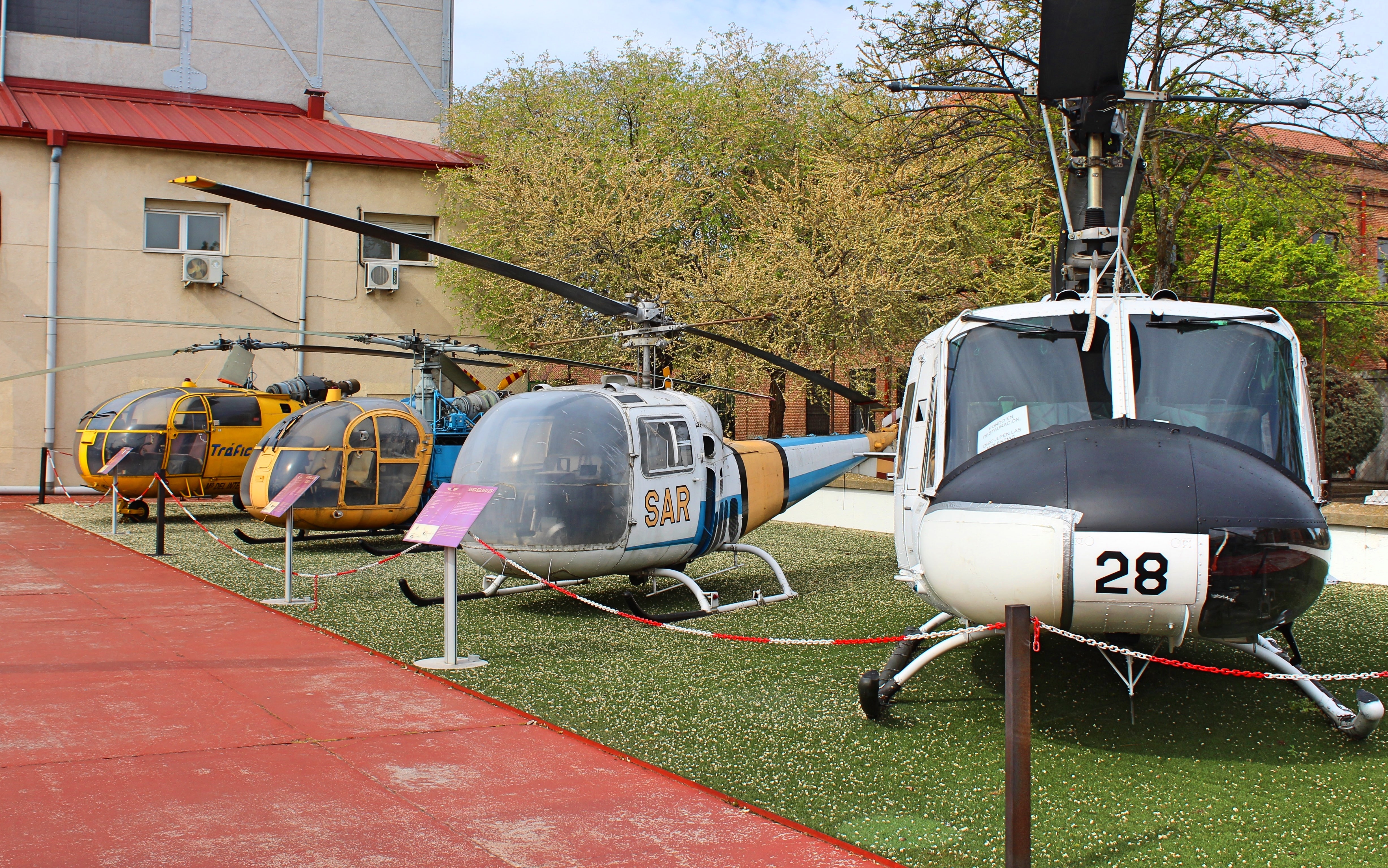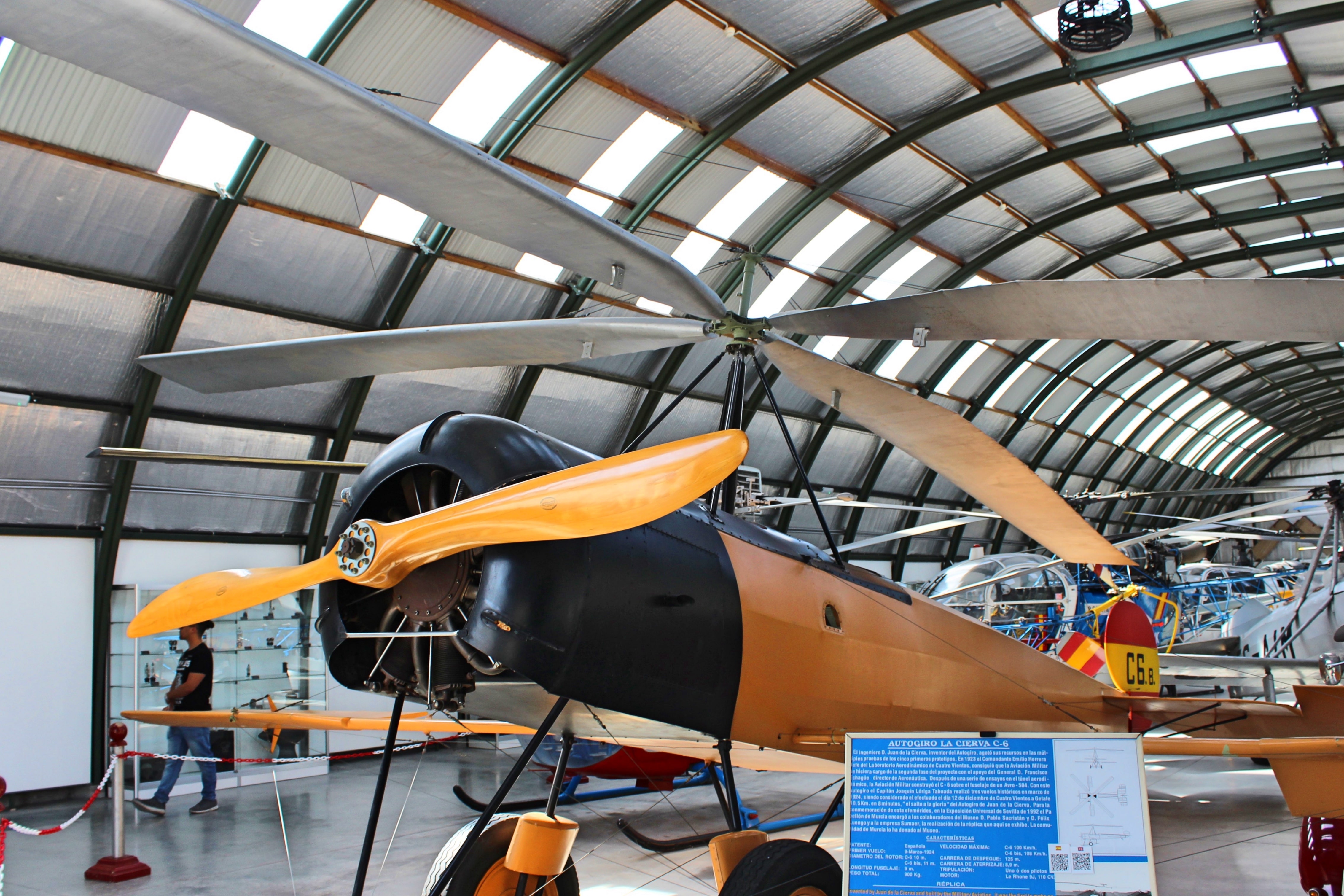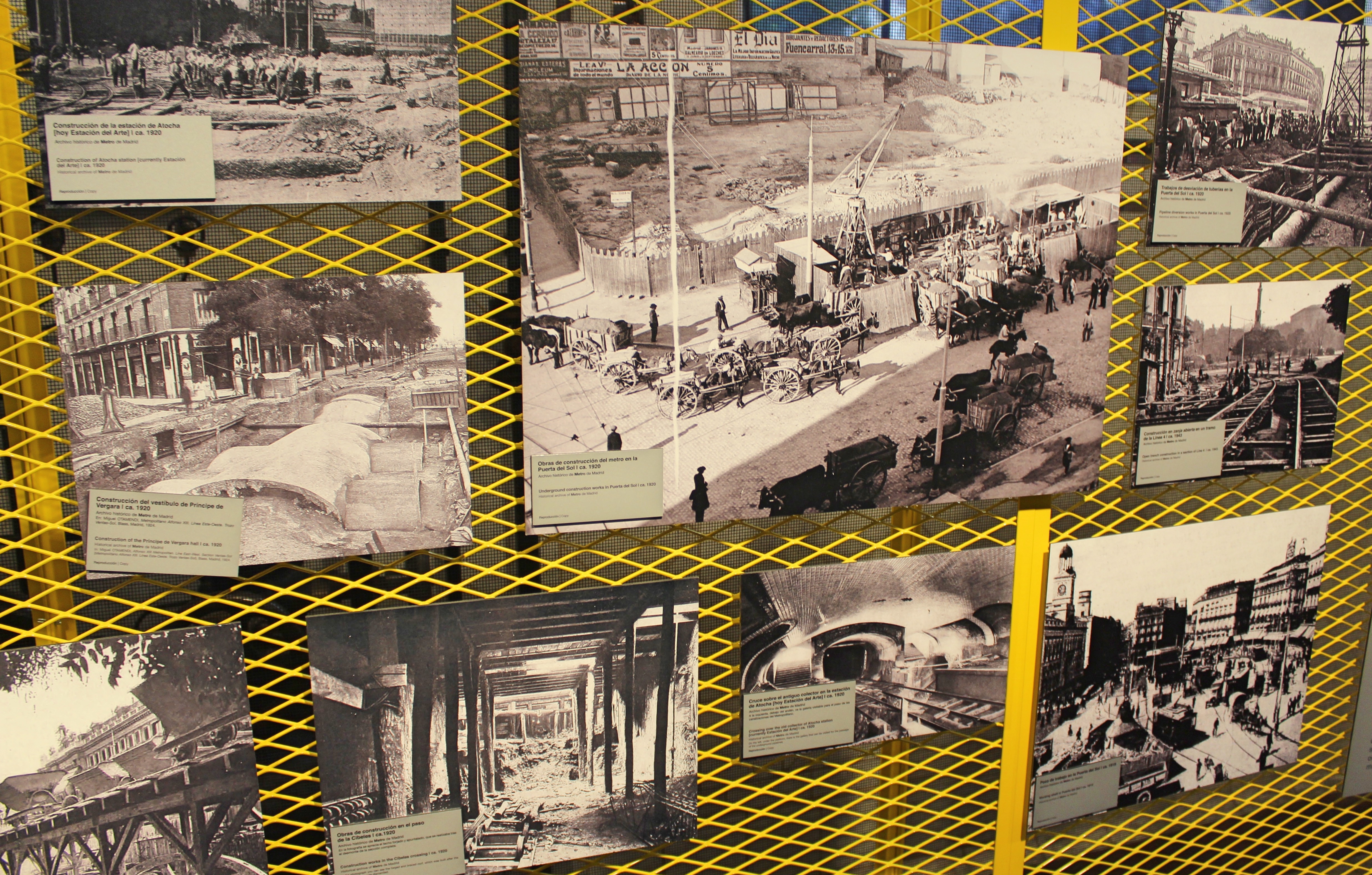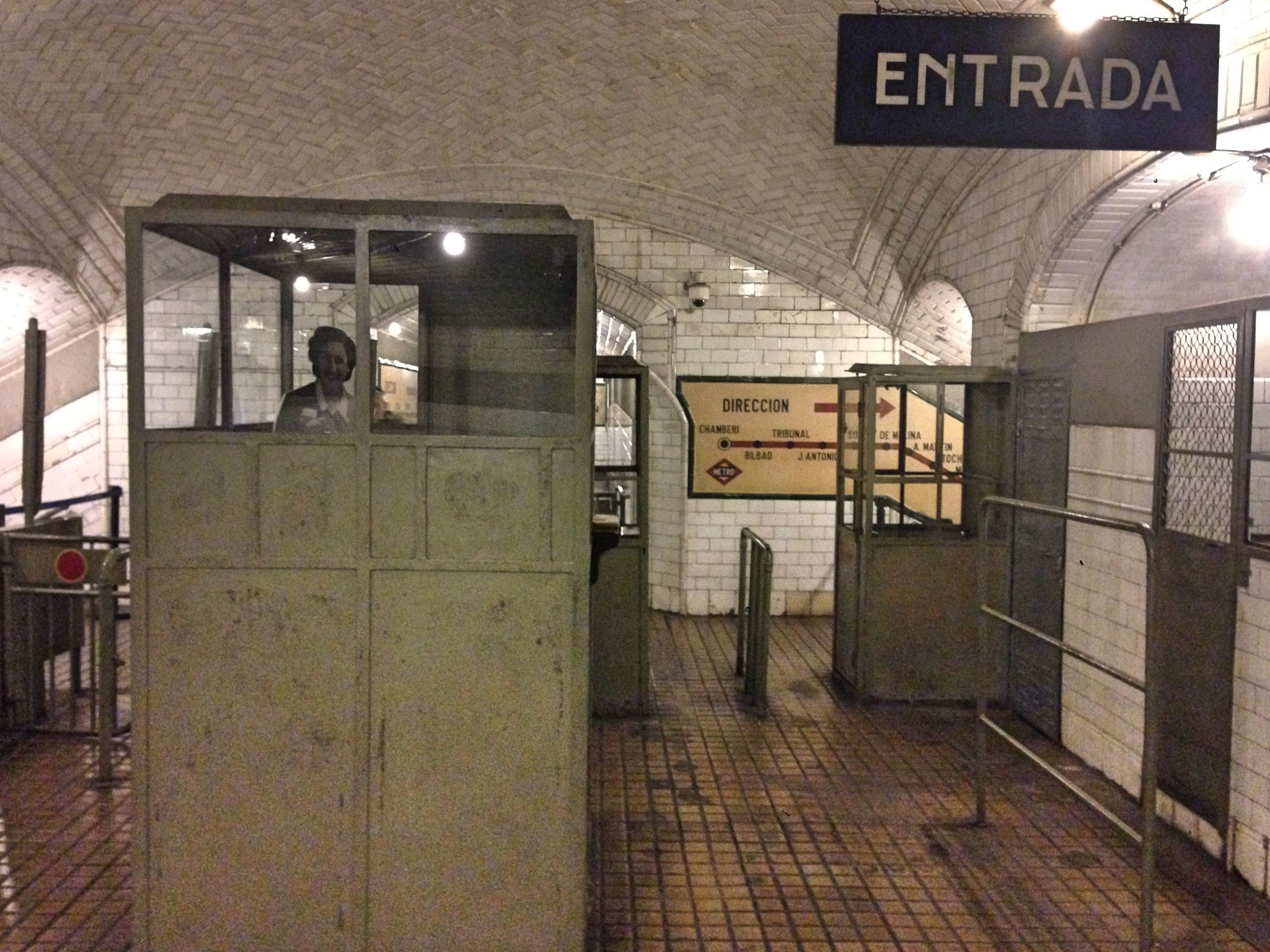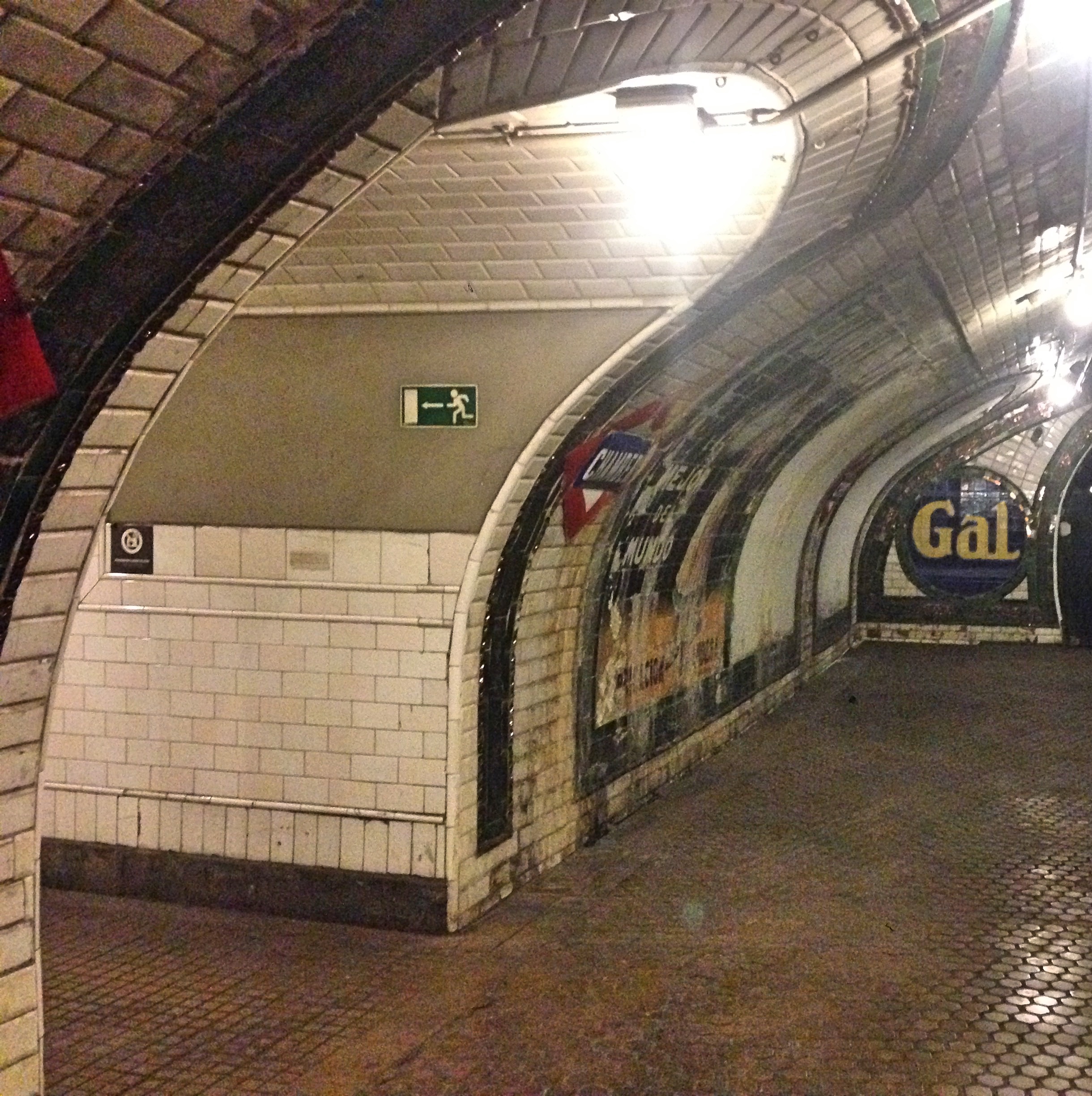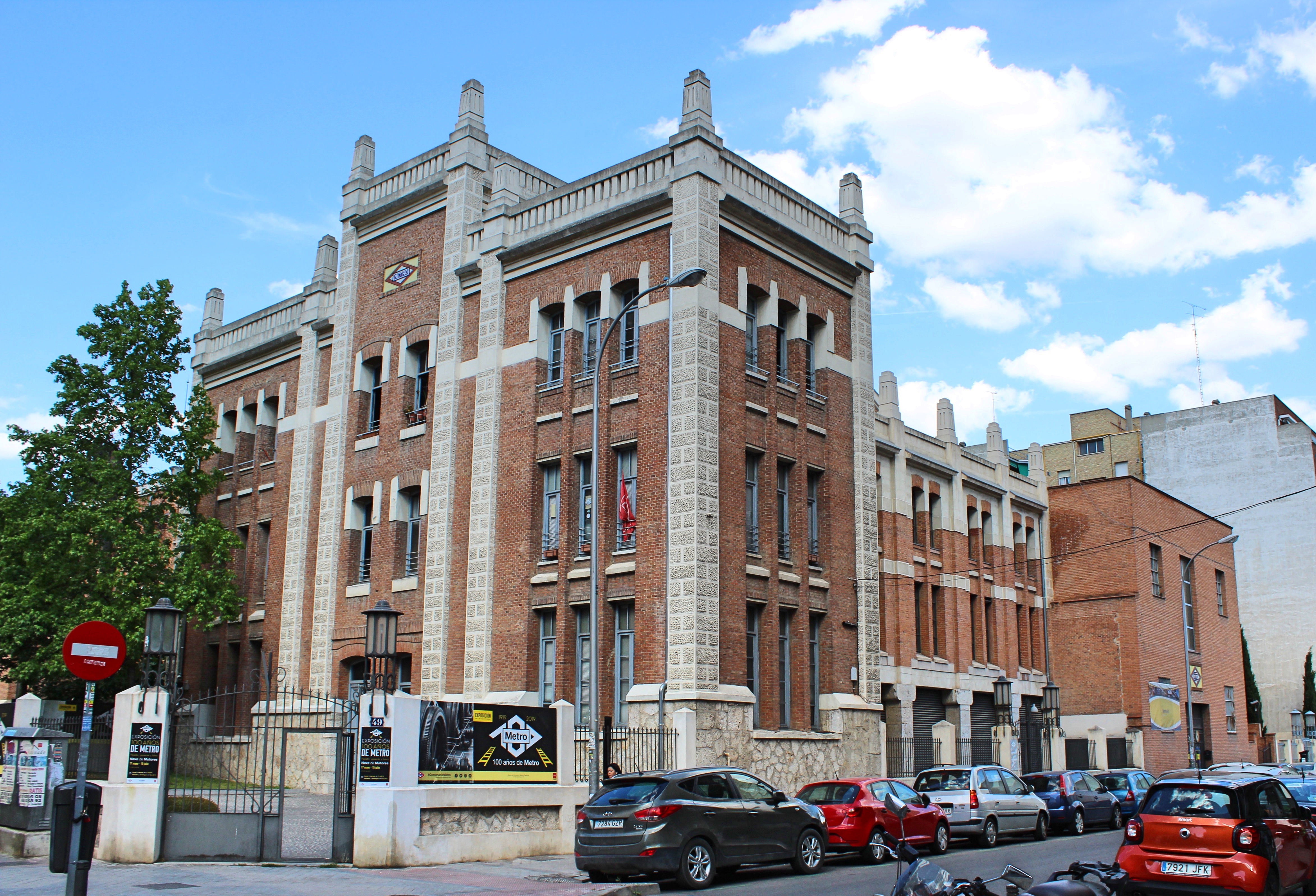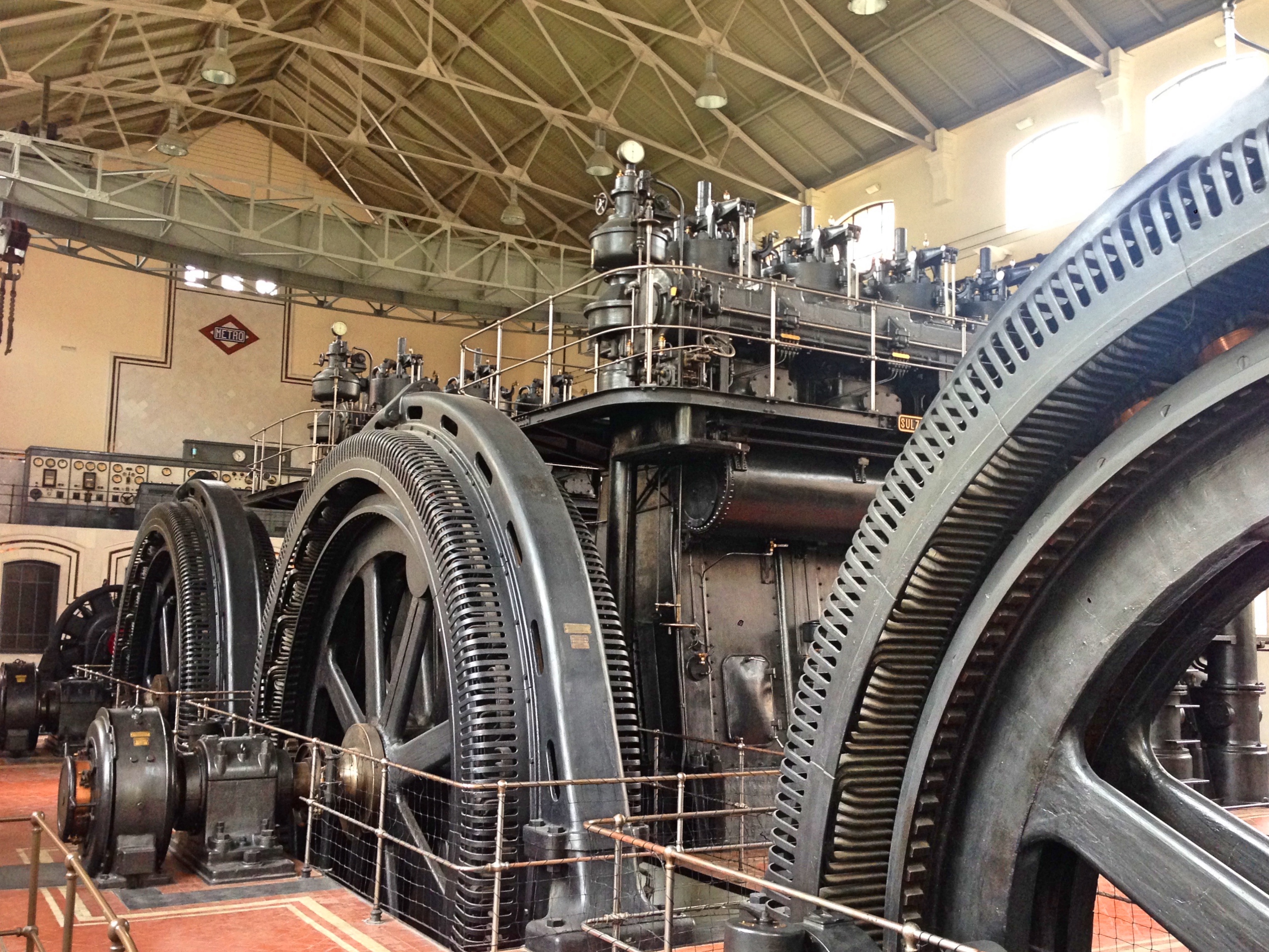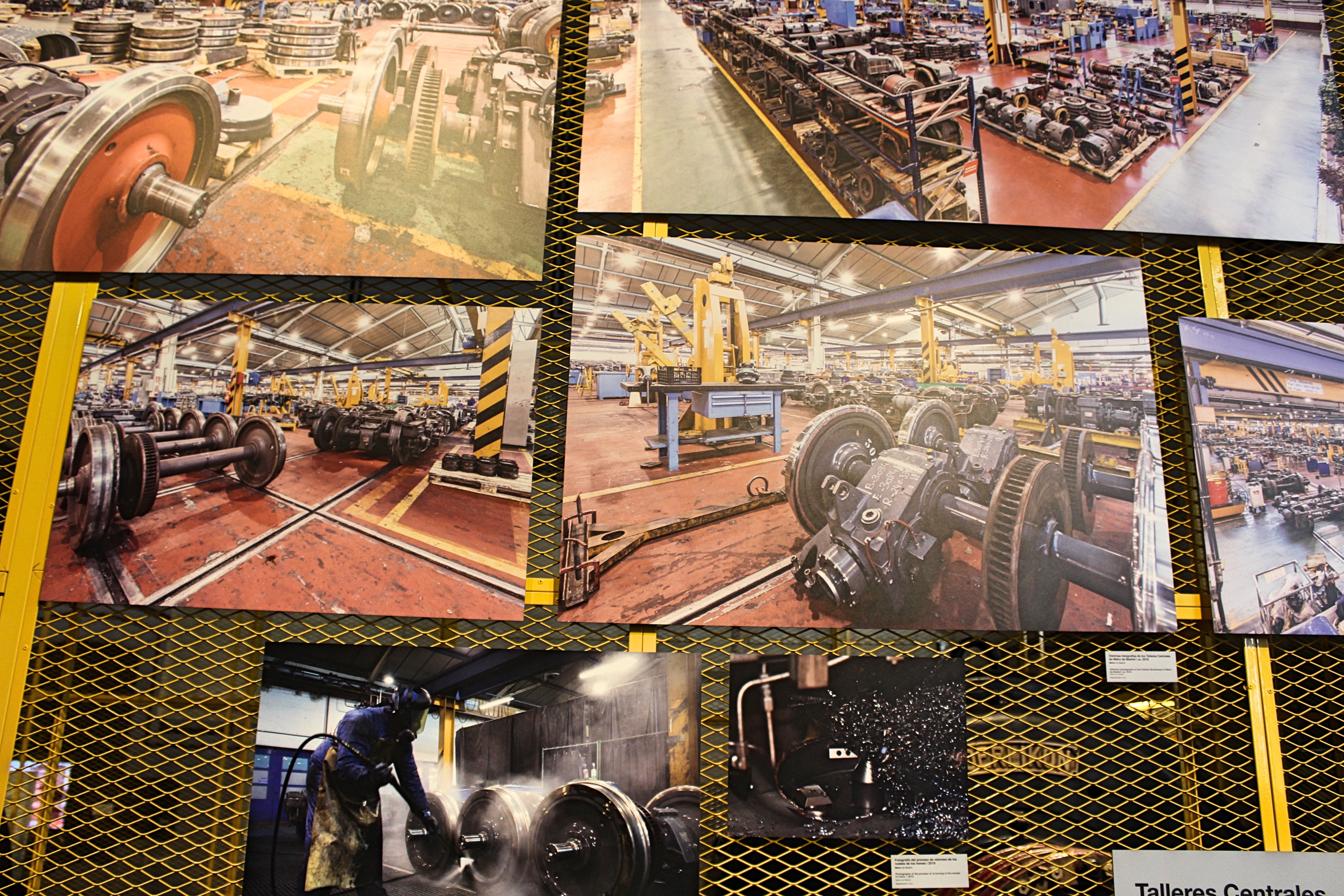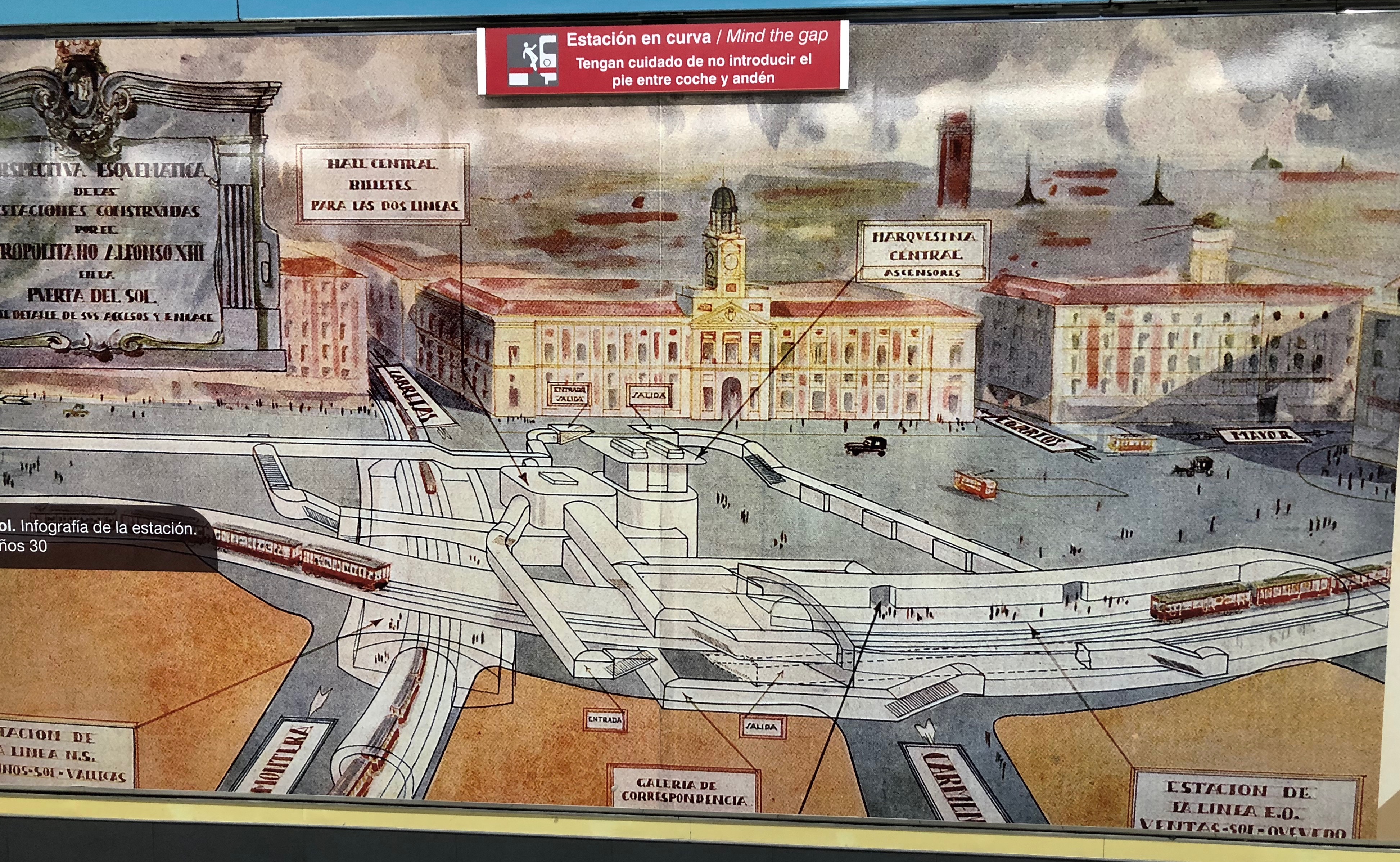I spent the entire plane ride in a panic. The sleep deprivation didn’t help. As usual, I had bought tickets for an early flight in order to save money; and, as often happens, I was too nervous to sleep well the night before. Several seats in front of me, Rebe was contentedly snoozing. I tried putting my hood down over my eyes and drifting off; but every time the plane dipped or turned, I was jolted awake. The art of sleeping on airplanes still escapes me.
Our destination was Tenerife, the largest of the Canary Islands. This is a group of volcanic islands off the Western coast of Morocco. Including Tenerife, there are seven main islands in the archipelago, along with many minor ones. These islands have been controlled by Spain since the late middle ages. They were conquered as a kind of prelude to the colonization of the New World—during which they were used as a jumping off point to cross the Atlantic.
Before the Europeans came to establish themselves, the islands were populated by indigenous peoples known as Guanches, who had originally came from Northern Africa. Their culture was either totally destroyed or absorbed by the invading Spaniards, so that nowadays only slight traces remain, along with tantalizing archaeological evidence. Today the islands are a kind of offshore European vacation spot.
Considering that I was heading to a tropical island with my girlfriend, it would be logical to assume that I was in a good mood. I was miserable—gripped by anxiety. You see, the Canary Islands are unlike peninsular Spain in at least one crucial respect: the lack of public transportation. You simply must rent a car. Luckily, in my experience car rental prices in the Canary Islands are often very low. Unfortunately, however, I was not very good at driving.
Having grown up with good public transit, I had spent my entire life without serious need of driving. Consequently, I got my license quite late: at the age of 21. And even then, I rarely used it. Moving to Madrid—a place extremely well-connected by trains, buses, and subways—did nothing to remedy the situation. Indeed, I had driven so rarely since getting my license that, before taking this trip to Tenerife, I had probably gone less than 100 miles in total—a few dozen miles a year, here or there.
What is more, I had never driven without the company of a more experienced driver. Rebe certainly did not fall under this category. She did not have her license; she had barely even touched a steering wheel. In short, she would not be any help. I was on my own.
When we arrived at the airport, I insisted on taking a few minutes to have a coffee and relax. But it was no use. As I stared down into the milky brown of the coffee, I felt sure that this was to be the last coffee I would ever taste. My mind flooded with images of gruesome crashes—a head-on collision, careening off a cliff, spinning out of control. This was it: the end.
Finally it was time to go down to the parking garage and pick up the car. We found the desk and got in line. Behind us a loud bachelorette party also got in line—the women occasionally chanting and singing. I hardly noticed them, however, as I shuffled towards my doom. I was shivering and covered in a cold sweat. Then—suddenly—I felt a sharp pressure in my abdomen.
“I have to go,” I said to Rebe, and ran back upstairs—to the bathroom. Strong anxiety tends to upset my bowels.
Ten minutes or so later, I re-entered the line. Now it was our turn to do the paperwork. I could hardly pay attention to the man’s explanation. As I signed the paper, I felt as though I were signing the order for my own execution. We walked out to the car—a Smart car, tiny and cute. Do these things have good crash safety ratings?
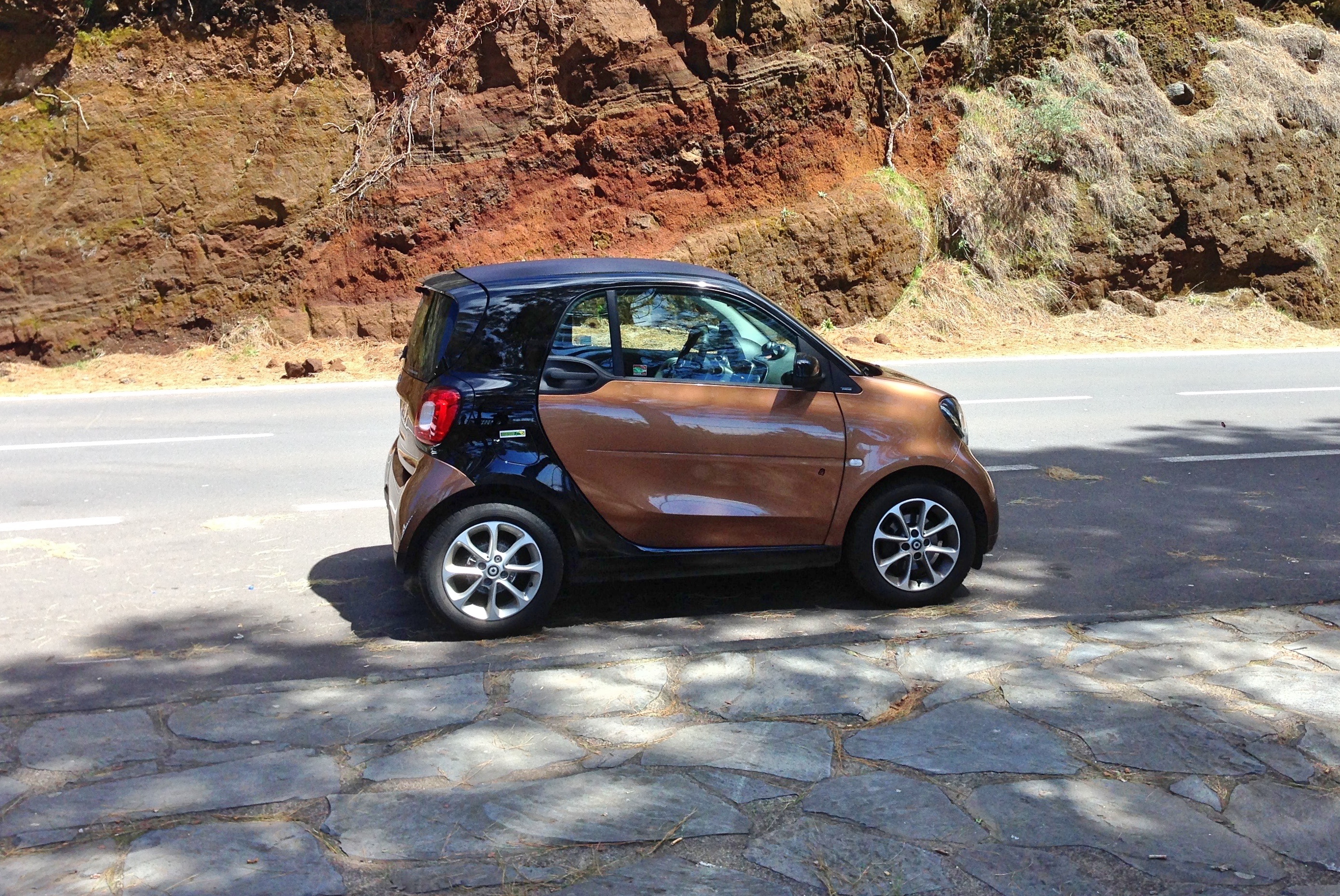
Failure confronted us immediately.
“How do you open this thing?” I said, trying to get the back door opened.
“Wait,” Rebe said, and tried herself to find the handle—also with no luck.
In shame, I had to ask the rental car guy to open it for us. Not a good omen.
We got in. I adjusted the seat. I adjusted the mirrors. I checked and rechecked my seatbelt. I turned on the car and braced myself. My head pounded, my vision narrowed, my veins felt like they were flooded with fire. And despite doing my best to not let any of this show, my voice quivered when I said:
“Ok, ready?”
The car was ignited and put into drive. Very gingerly, I pressed the gas. Nothing happened. I pressed a bit harder; still nothing.
“What’s going on?” I said. “The car isn’t moving. Why won’t it move?”
“The emergency brake is on,” Rebe informed me.
“Oh, shit.” Another bad omen.
I switch off the brake, and the car begins to move. All of my senses are focused on the vehicle. I try to remember my training—rules of the road, blind spots, when to signal. After a couple spins around the parking lot it is time to get to our Airbnb.
“Ok, what do I do?”
Rebe turns on the GPS and lets the automated voice do the rest. Soon I am merging onto the highway. Nothing difficult so far. None of the cars are going particularly fast. I just have to follow the road for a dozen kilometers or so until we reach our exit. Meanwhile, every slight adjustment of the car provokes a crisis of indecision in me. What is the proper distance to maintain? Should I pass? What is the safest way to pass? What’s the speed limit anyway? Is that guy too close? Am I going too slow?
Finally our exit appears. After negotiating a roundabout, we are speeding down the center of a Santa Úrsula, a small town on the northern shore of the island.
“The Airbnb is right over there,” Rebe says.
“So should I park?”
“Yes.”
“But where? Where?”
“Anywhere.”
“Jesus.”
We drive about a mile down the street before I manage to pull off the road and into a parking spot. By now, I am totally shaken.
Luckily, the Airbnb calmed me down. I had splurged and gotten us an entire apartment. It was magnificent—a kitchen, a couch, a television, and a balcony with a view of the ocean. Perhaps this vacation in a tropical paradise wouldn’t be so bad after all.
The big division in Tenerife is between the northern and southern shores. From what I hear, the south shore—full of golden beaches and massive resorts—caters mainly to foreigners, while Spaniards tend to prefer the northern shore. No lover of sunbathing or swimming in the ocean, I figured that I would stick to the north.
Our first stop was a little town called Icod de los Vinos. We arrived at lunch time. Still very uncertain about my driving, I parked in the first available spot I could find. It just so happened that this spot was very far away from both the restaurant and the city center.
“Are you serious?” Rebe said. “We have to walk half an hour?”
“Listen, I can’t drive anymore right now.”
“Ugh.”
In retrospect, it is absurd that I was so shaken up. The driving could not have been easier. Hardly anybody speeds, and nobody drives aggressively. And if I had not been frantically monitoring the road, I would have noticed that it was a beautiful day. Unsurprisingly, Tenerife looks nothing like Madrid. Far from the arid climate and sandy soil of Spain’s capital, Tenerife looks properly tropical—filled lush greenery, with the ocean rarely out of sight.
I was happy because I was out of the car. Now it was Rebe’s turn to suffer, since she doesn’t like to walk. The way to the restaurant took us up a sizable hill. At the top we had an excellent view of the town—spread out on the slope, with patches of fields (presumably for wine) interspersed between the houses—not that Rebe was in the mood to appreciate it.

We went to a restaurant called (if memory serves) El Frenazo, which specializes in grilled meat. This is quite common in the Canary Islands, though I don’t know where they keep all the livestock. We ordered a parrillada—which is a huge platter of meat. When it arrived, we were stunned—it was an absurd amount of food, with sausages, chicken, panceta, pork chops, ribs, as well as salad and french fries. We ate as much as we could and then saved the rest for dinner.

Icod de los Vinos is most famous for the Drago Milenario. This is a massive dragon tree that is supposedly one thousand years old (though nobody knows for sure), which has become one of the most recognizable symbols of Tenerife. Dragon trees, a species native to the Canary Islands, are typically small, even bush-like. This specimen, however, rises to the height of a proper tree. It is a beautiful sight: with the single, massive trunk splitting into a tangle of knotty branches.
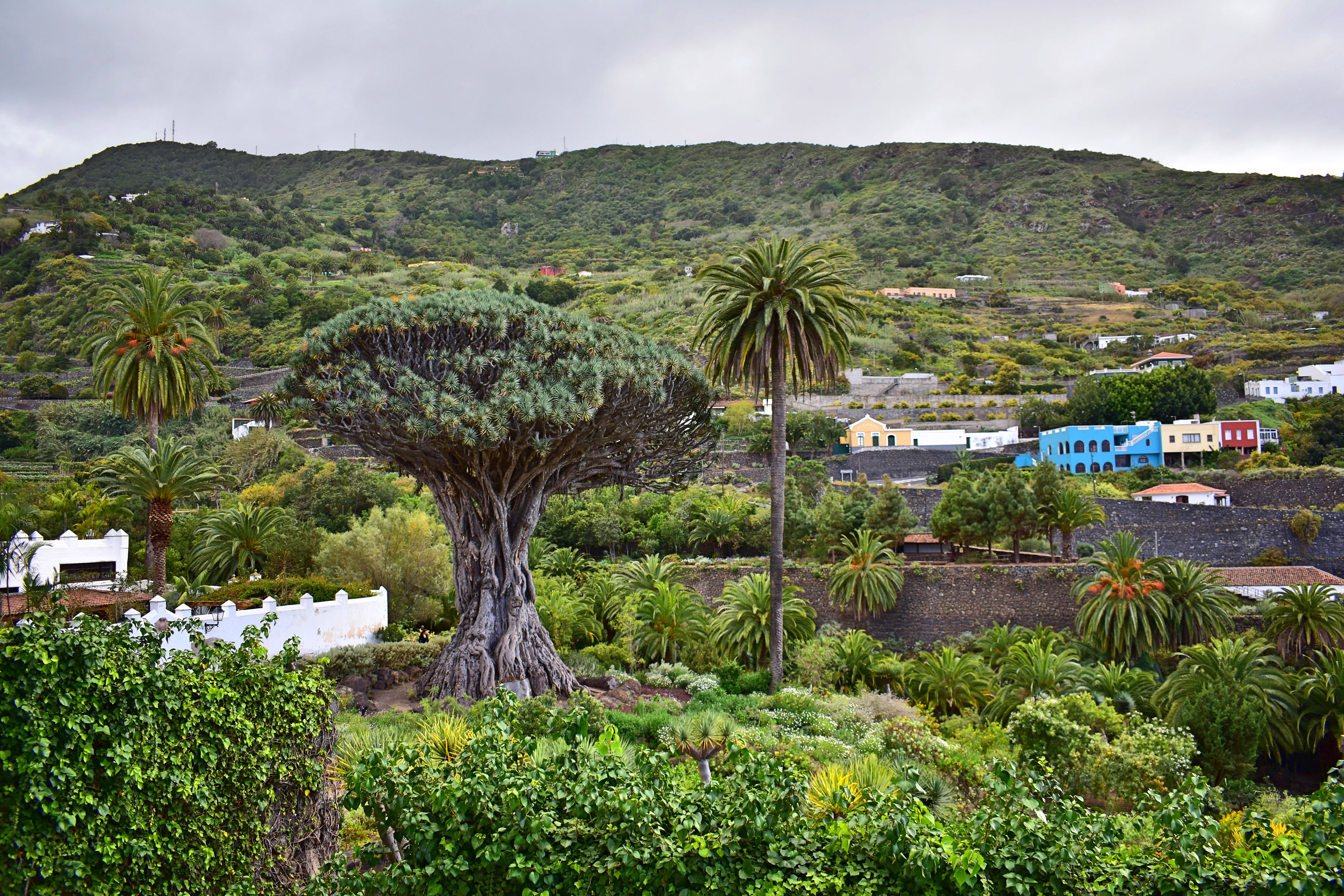

The old center of the town is charming, too. There is a certain architectural style typical of Canary villages: squat buildings of whitewashed granite lining plazas filled with palm trees. It is a strange combination of Latin America and medieval Europe. The local accent furthers this impression. Canarian Spanish is unmistakably different from that of the Peninsula. To me it sounds like the Spanish from Andalusia—clipped, shorn of endings, slurred together—but with a kind of jolly lilt that sounds Caribbean to my ears. I find it very pleasant, even if it is sometimes difficult to understand.
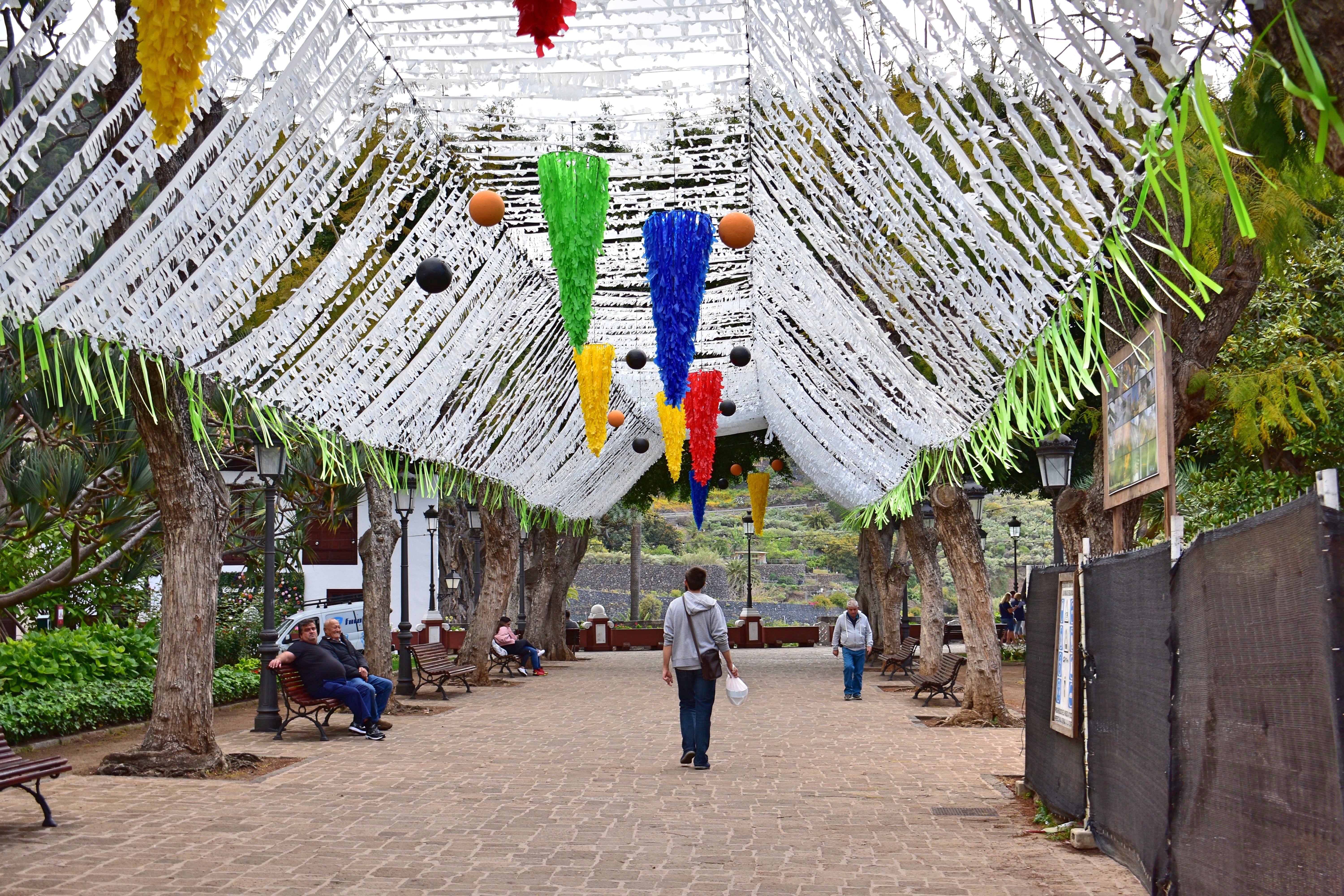
After a very long walk to the car (complicated by me not remembering exactly where it was) we were ready to see more of the island. Though I was still nervous while driving, the island’s beauty began to work on me. Every turn on the highway revealed another impressive view. Unfortunately, I could not properly enjoy these views, since my eyes were frantically fixed on the road. Rebe, meanwhile, sat in the passenger’s seat, blissfully ignorant of my mental state, taking photos through the window with her nice camera.
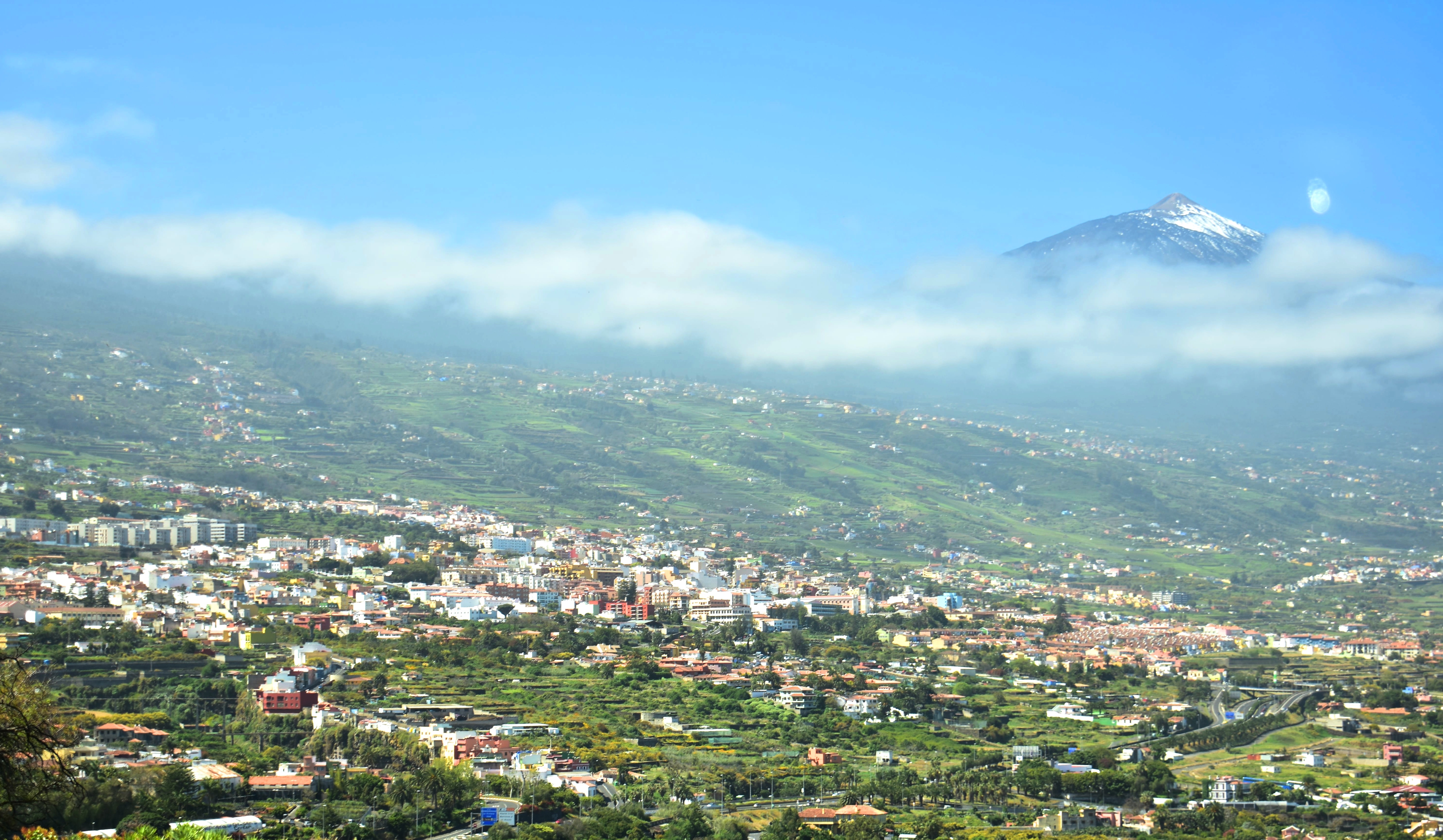
In half an hour we arrived at our next destination: La Orotava. This is a medium-sized town known for its well-preserved historical center. But anyone who has lived in Europe knows that driving in beautiful historical centers is seldom a quaint experience. The twisting, narrow, and steep streets made my already elevated blood pressure spike up to concerning heights.
“Where do I park? Where do I park?”
“I dunno, somewhere around here,” Rebe said.
On impulse, I turned down a nearby street. But a pedestrian immediately started waving at me and, in a moment, I realized that I was going the wrong way down a one-way street. Luckily, a parking space was miraculously available nearby, so I avoided a head-on collision (even though it took me about seven attempts to double park my tiny Smart car).
The center of La Orotava vaguely reminded me of Toledo, both for its antique layout and for its sharp changes in elevation. The town sits splayed out on a steep hillside, making it the most uneven municipality in Spain. As in any historical Spanish town, there are many churches to see. The most noteworthy is the Church of the Holy Conception—a looming structure whose wide façade rises into a series of gentle curves. From the inside the visitor can tell that it is a properly historical edifice, with elaborately carved altars, columns, and pulpits. It is no wonder that the locals affectionately call it a basilica and a cathedral, though it is neither of the two.
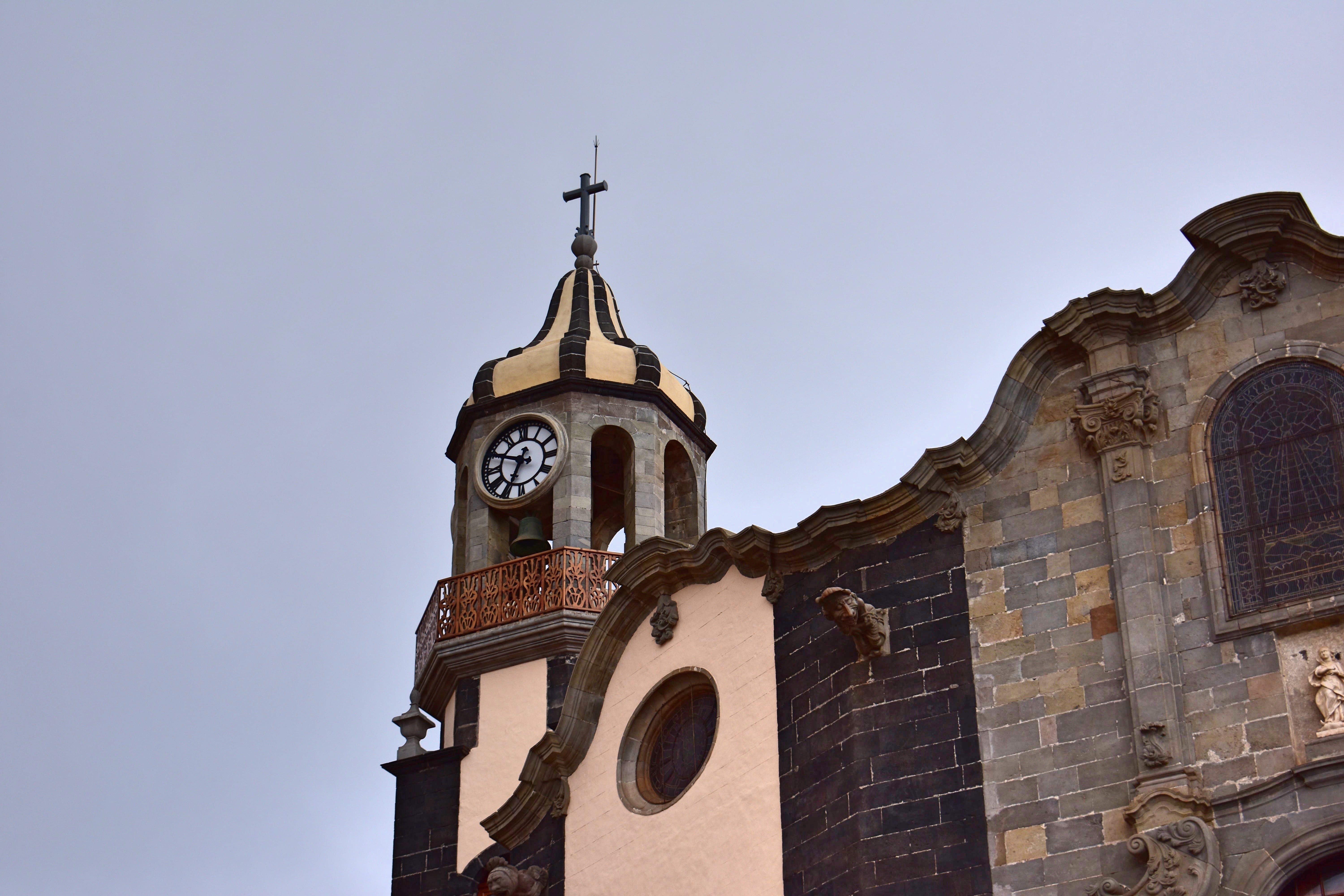
Yet my usual strategy of hunting down historical buildings was inappropriate to visiting Canarian towns. It is far more pleasurable to simply stroll about, admiring the many beautiful angles that opened up into the dramatic ocean beyond—palm trees, church spires, and tiled roofs foregrounding the blue-grey mist of the atlantic.
However, the sun was already on its way towards the horizon; and I was nervous about driving at night. So we went back to the apartment, eating the remainder of our massive meat platter for dinner. The next day was our only full day in Tenerife. We had to make it count.
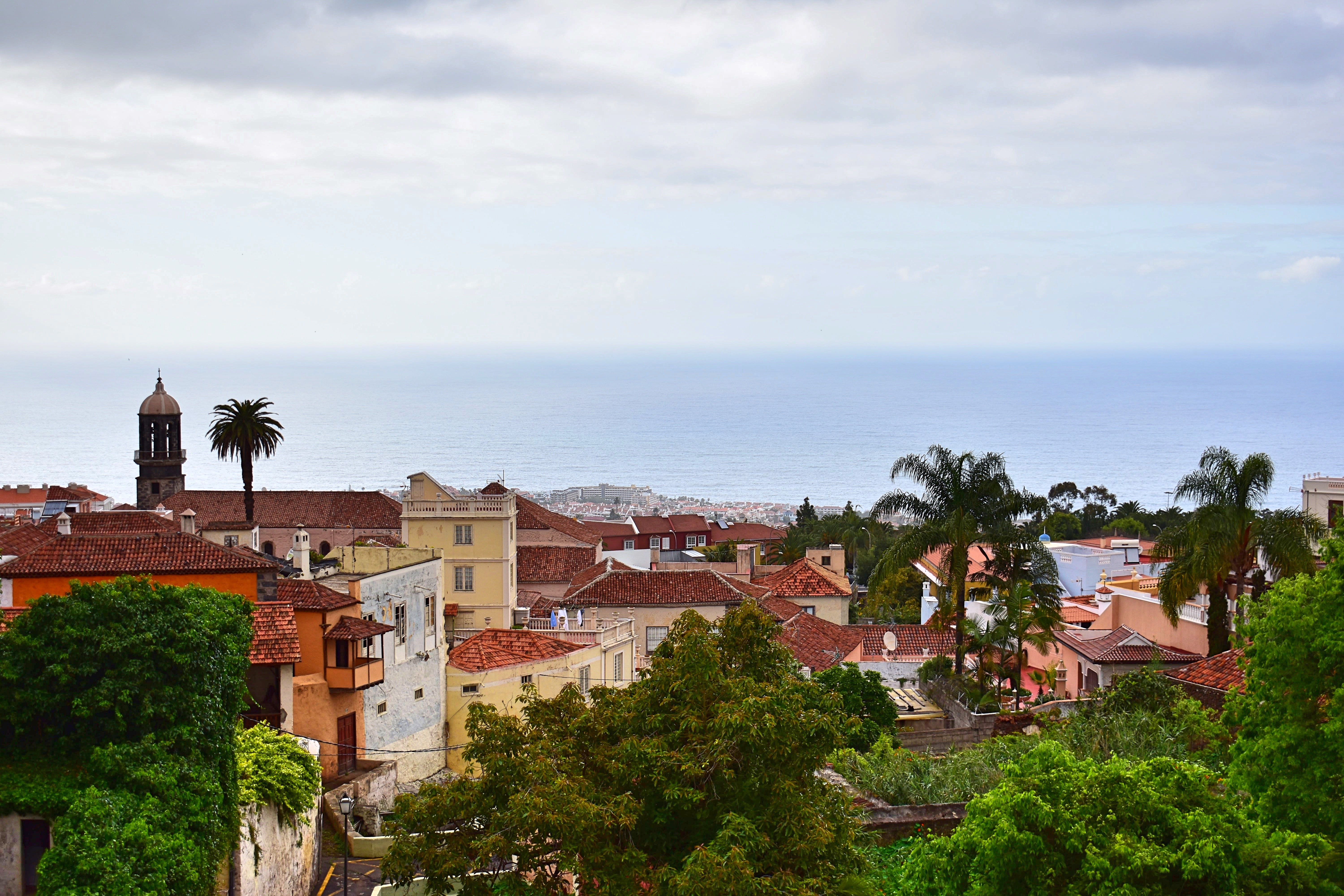
Our first stop after breakfast was Tenerife’s most historically significant city: San Cristóbal de la Laguna (usually just called La Laguna). The city was designated a UNESCO World Heritage site in 1999 for being an excellently preserved example of a Spanish colonial city. Indeed, La Laguna was a model city for many of the major Spanish colonial capitals that followed—such as Havana.
The city is located on relatively flat ground, far from the shore. The wide streets are arranged in a grid-like pattern—not strict, as in New York, but still orderly and logical. This is strikingly different from most other historical Spanish cities. Also striking is the city’s complete lack of defensive structures. A wall has never enclosed the historical city center—probably because, after overwhelming the natives, there were few conceivable enemies to defend the city from. As a result La Laguna has a pleasingly open atmosphere.
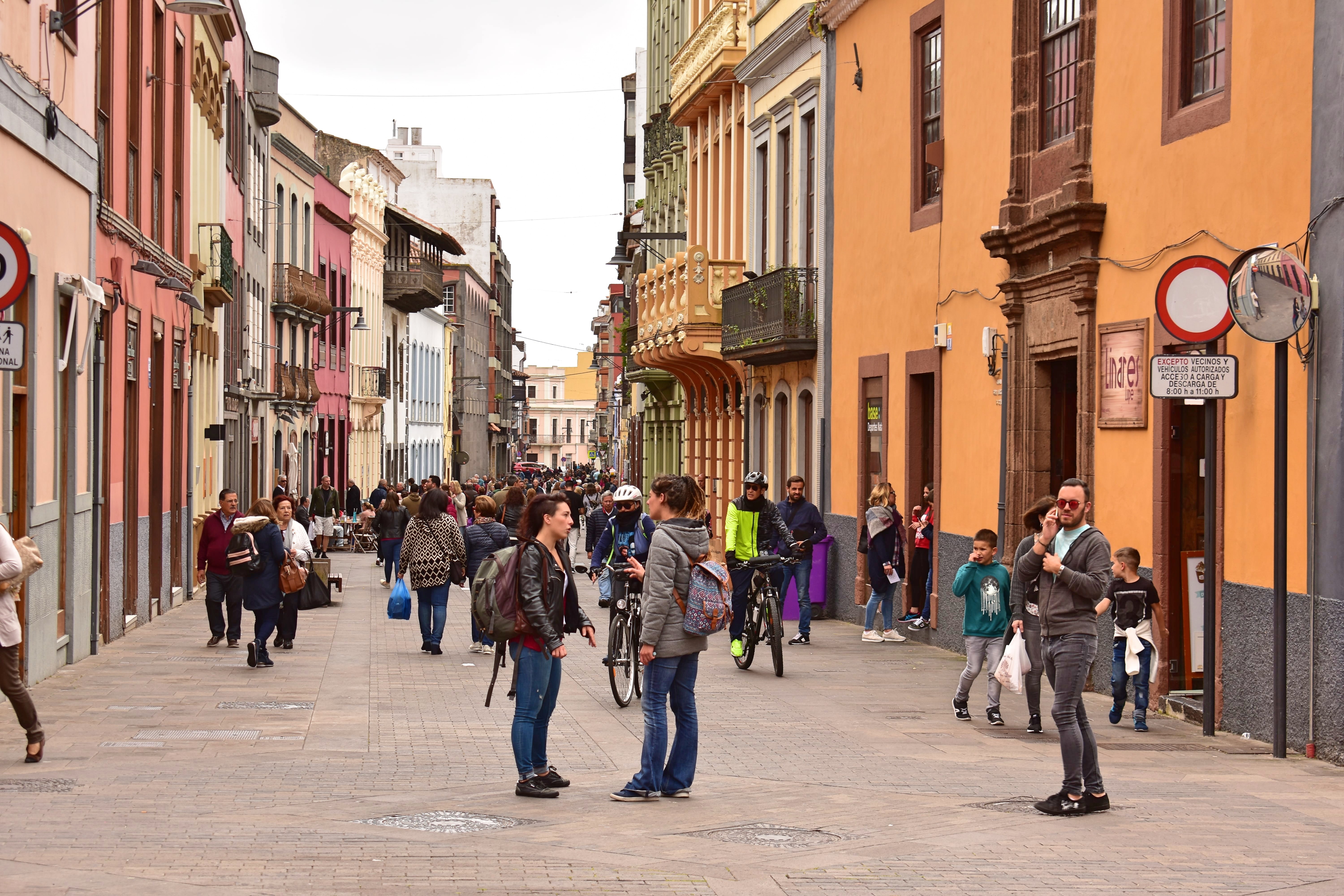
After a stroll through the town—full of locals, tourists, clothing shops, and restaurants—we peeked into the city’s cathedral. It is a rather recent construction, built in the early 1900s. Like Madrid’s cathedral, it is a stylistic mismatch: neoclassic on the outside and neogothic within. Still, it is a pleasing space: open, balanced, well-lit, and filled with altars, statues, and floats used in processionals. The Royal Sanctuary is a far more ancient house of worship, having been built in the 16th century, which houses a famous devotional figure of Christ (thus the name). The most beautiful work of religious architecture in the city is the bell tower of the Church of the Immaculate Conception (the first parish to be established in Tenerife), built in 1511.

Yet the best of the visit was the street life. We ate an early lunch in a kebab place and listened to a couple of street performers do a decent rendition of some blues classics.
But we did not have long to dawdle. Today was the day that we ascended the volcano: Teide. We had to leave ourselves enough time to properly savor the experience. I had a concern, though. Friends had told me that it was very cold at the top of the volcano, and I hadn’t brought anything warmer than a light sweatshirt. When I told Rebe this, she made me even more concerned.
“Do you want to get to the top and be freezing? It’s not even warm down here.”
She was right. It was a surprisingly mild day for a tropical island. I figured that it was better to be safe than sorry, so we walked into a nearby sportswear store, where I bought a thermal t-shirt.
“I hope this is enough,” I said at checkout.
We got back in the car and, after several unsuccessful attempts, we navigated out of the town and towards the mountain. A Canarian friend of mine had suggested the route up the towns of La Esperanza and Las Rosas (basically from east to west), and it was an excellent recommendation. The road took us through bucolic countryside, with tree-shaded roads crossing grassy fields. Rebe put her camera on the dashboard and took photo after photo, while I stole sidelong glances at the scenery.
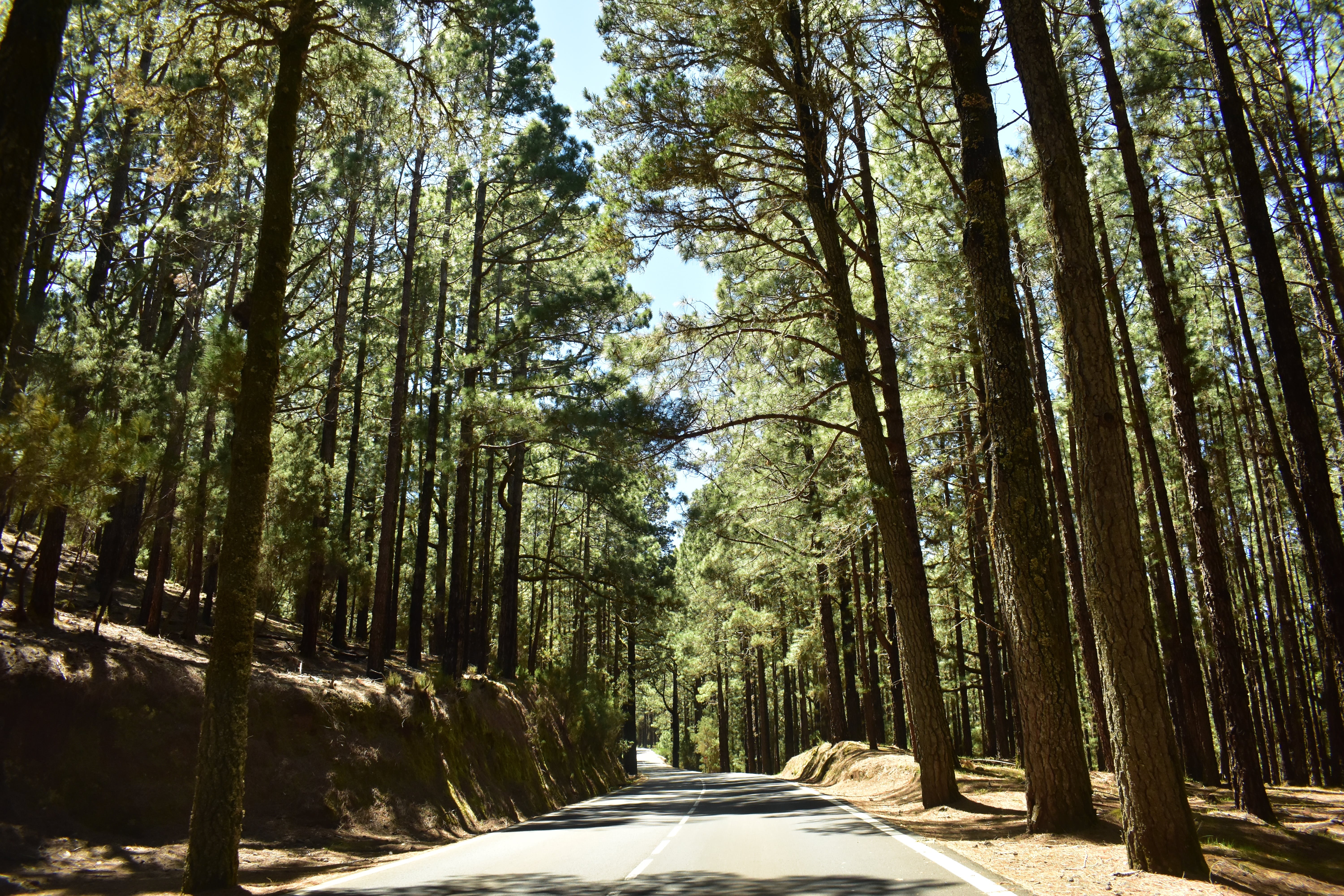
The road up was long. Teide is simply massive: rising over 3,700 m (or over 12,000 ft) above sea level. The volcano is at the historical, cultural, and geological heart of the island. Most obviously, it is evidence of the cataclismic volcanic eruptions that formed the island to begin with. But the volcano has taken on additional significance.
The peak was worshiped by the indigenous Guanches as a god who held up the heavens. And I admit that I, too, am willing to worship the massive hunk of volcanic rock, if my pleas can postpone any further eruptions. One wonders what would happen to the island’s one million inhabitants if the long-dormant volcano should re-awaken.
The German scientist and explorer, Alexander von Humboldt—a pioneer in the study of how altitude affects the distribution of life—climbed the mountain on his way to South America. And the volcano is featured on Tenerife’s coat of arms. Nowadays Teide is the most-visited natural site in all of Spain—and, indeed, all of Europe.
As we approached and then entered the national park, the environment gradually changed. The trees shifted from deciduous to evergreen, and the fields were replaced by dense forest. The road led up and up, on a seemingly endless gradual ascent, gently turning as it went. Soon we were passing little stopping-points by the side of the road, each one offering a progressively better view of the island.

In less than an hour we were above the clouds. It was beautiful. A sea of white drifted in from the ocean, bathing the base of the mountain in mist. I was astonished at how high we were. The road up had not been very steep, but already the coastline below was swallowed into the far distance. And we were not even halfway to the top!
Now, I am very inexperienced with mountains; indeed, the only one that I have climbed is Peñalara, near Madrid. But I would guess that there are few eminences which give such dramatic views of their surroundings. Teide may not be the biggest; but it is surrounded by clear air and open sea; so the full extent of its height can be easily appreciated.
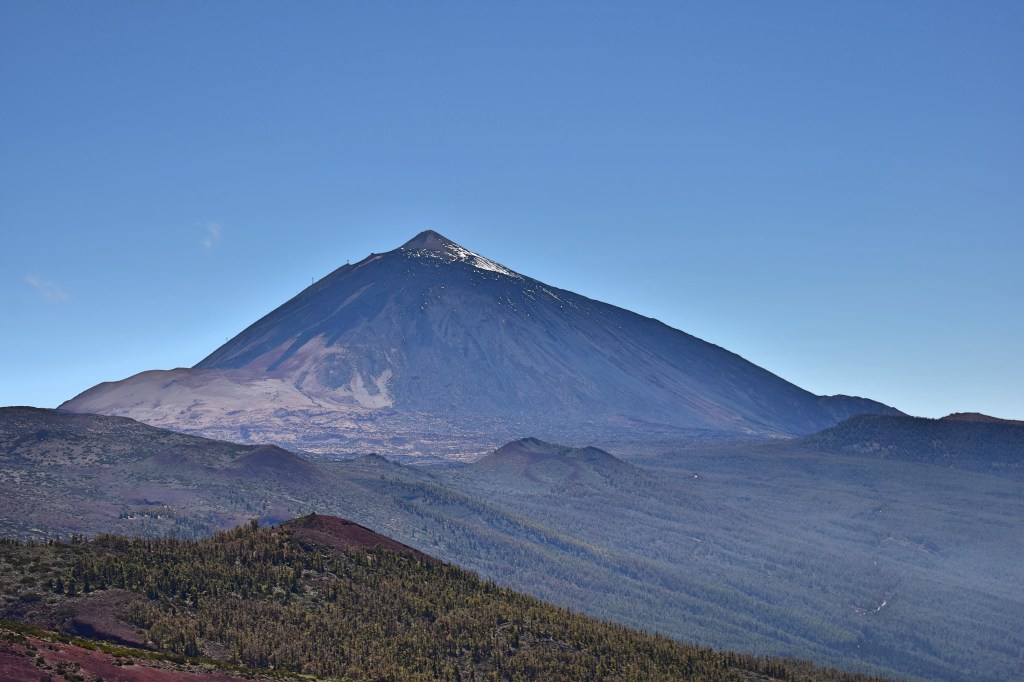
A few signs were set up at the resting points, explaining some of the geological history of the islands. According to them, the valleys below—such as La Orotava and Icod de los Vinos—had been formed in the space of a moment, by massive landslides breaking off from a larger volcanic structure. A sign also had information about the coronal forest, and the conservation efforts to restore it after damage inflicted by severe windstorms.
Gradually the forest shrank and all but disappeared, leaving a barren landscape, reminiscent of Mars. Now driving became truly nerve-racking. The road kept snaking left and right, with a sharp drop off at least one side at any time. If somehow I lost control, no trees would have broken the fall. We would have tumbled a long, long way. I kept my eyes glued to the road, doing my best to keep the car within the lines as we turned this way and that. Meanwhile, Rebe sat contentedly snapping pictures and oohing and aahing at the natural beauty.

Eventually we came to a rest stop. We had been driving for well over an hour already, and we were only halfway up. To actually reach the top, you must take the funicular, which is called the “teleférico.” But the price for non-residents is 27€, and that seemed too steep for us. (After reading a biography of Alexander von Humboldt, who famously ascended to the peak, I slightly regret my stinginess. Maybe next time.) Instead, we decided to have a coffee and then head back towards the north shore.
We sat outside, eating syrupy torrijas (the Spanish version of French toast) and sipping café con leche and hot chocolate. And I noticed something: it was considerably warmer than it was back down in La Laguna. My thermal T-shirt was not necessary after all.
If we had continued our ascent, we could have seen the Teide Observatory. This is an important array of telescopes that have been set up because of the island’s favorable astronomical seeing conditions. (Apparently, across the earth there is a good deal of variation in the degree to which atmosphere blurs stars and planets.) Brian May, the lead guitarist of Queen, did his PhD research on interplanetary dust here. Thus, from Humboldt to the present day, Teide has maintained a scientific significance.
The road down was just as winding and perilous as the road up. But it was shorter. In just half an hour we were in our next destination: Puerto de la Cruz.
This place was one of the first tourist centers on the island. Alexander von Humboldt himself stayed here during his visit to the island. It remains a place of hotels and resorts—tall white buildings huddled around the beach. The city itself is, thus, not especially noteworthy (though there are many good places to eat and drink). What draws attention is the beach of black, volcanic sand right in the center.
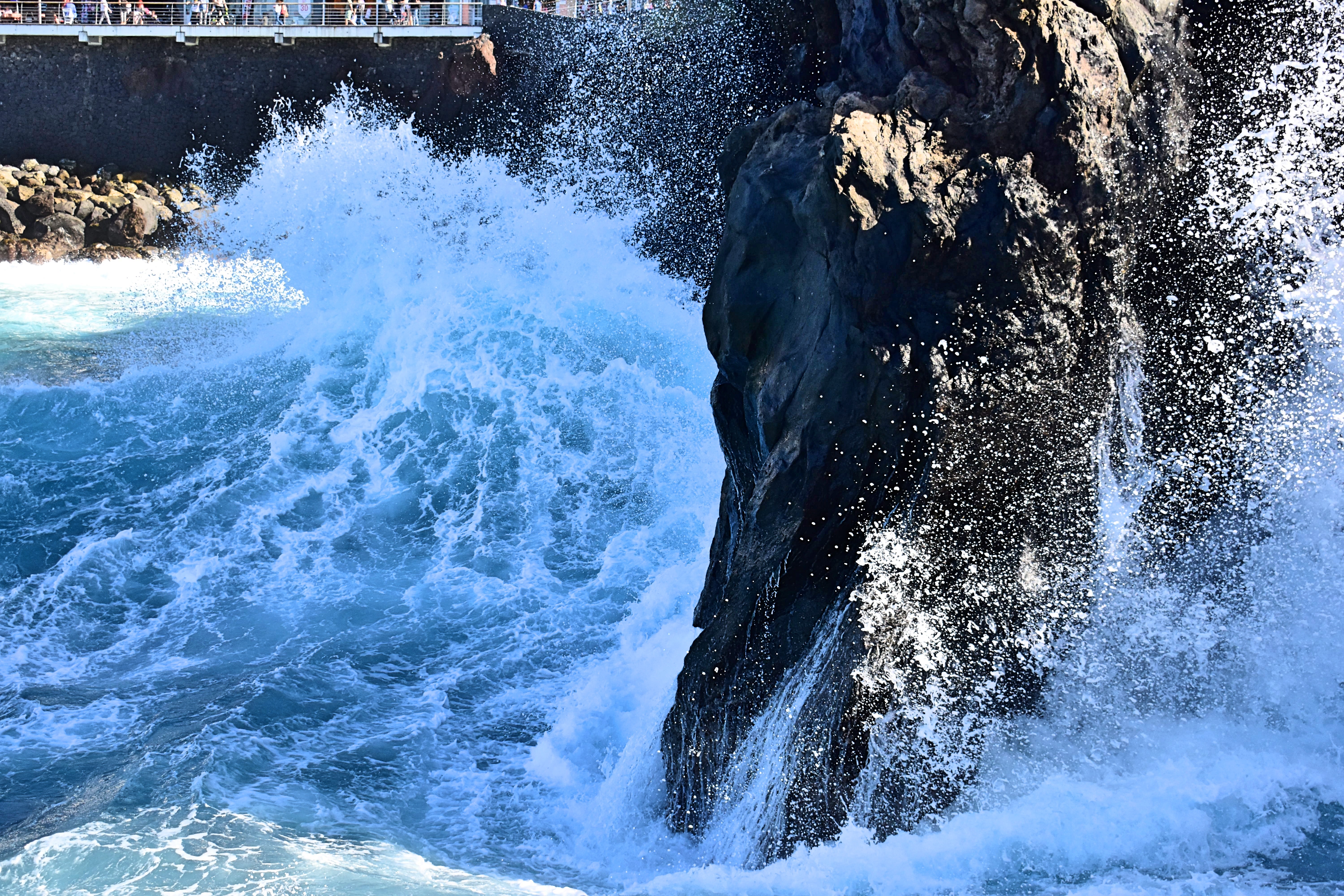
We stood for some time admiring the jagged black rock that forms the surrounding coastline. The rich blue of the waters turned a creamy white as it churned and frothed in the waves, battering against the shore and jettisoning into foamy sprays. Rebe spent about ten minutes trying to photograph it. Then, we headed towards the beach. On the way we encountered a strange sort of monument: thousands of little piles of black stones. A lot of man-hours had been spent in making this natural stone garden. It is a local tradition?

The beach was beyond. For a Saturday evening, it was not too crowded. The weather was not quite hot enough for sunbathing or swimming—at least, I thought so. However, it was beautiful. I had never seen a black sand beach before. The sand was courser than normal sand, with a smoother texture. I imagine it gets very, very hot in the summer months. Exhausted, I sat down on the beach while Rebe walked along the water. Her figure was silhouetted in the intense yellow reflection of sunlight on the waves. If I had had a good camera, it would have made an excellent photograph.

We hung out on the beach, had a drink (well, Rebe did), and went back to the apartment. Our short time in Tenerife was almost spent. We spent the night drinking a bottle of the local wine, which was surprisingly good. I suppose the mild climate and the volcanic soil are well-suited for viticulture.
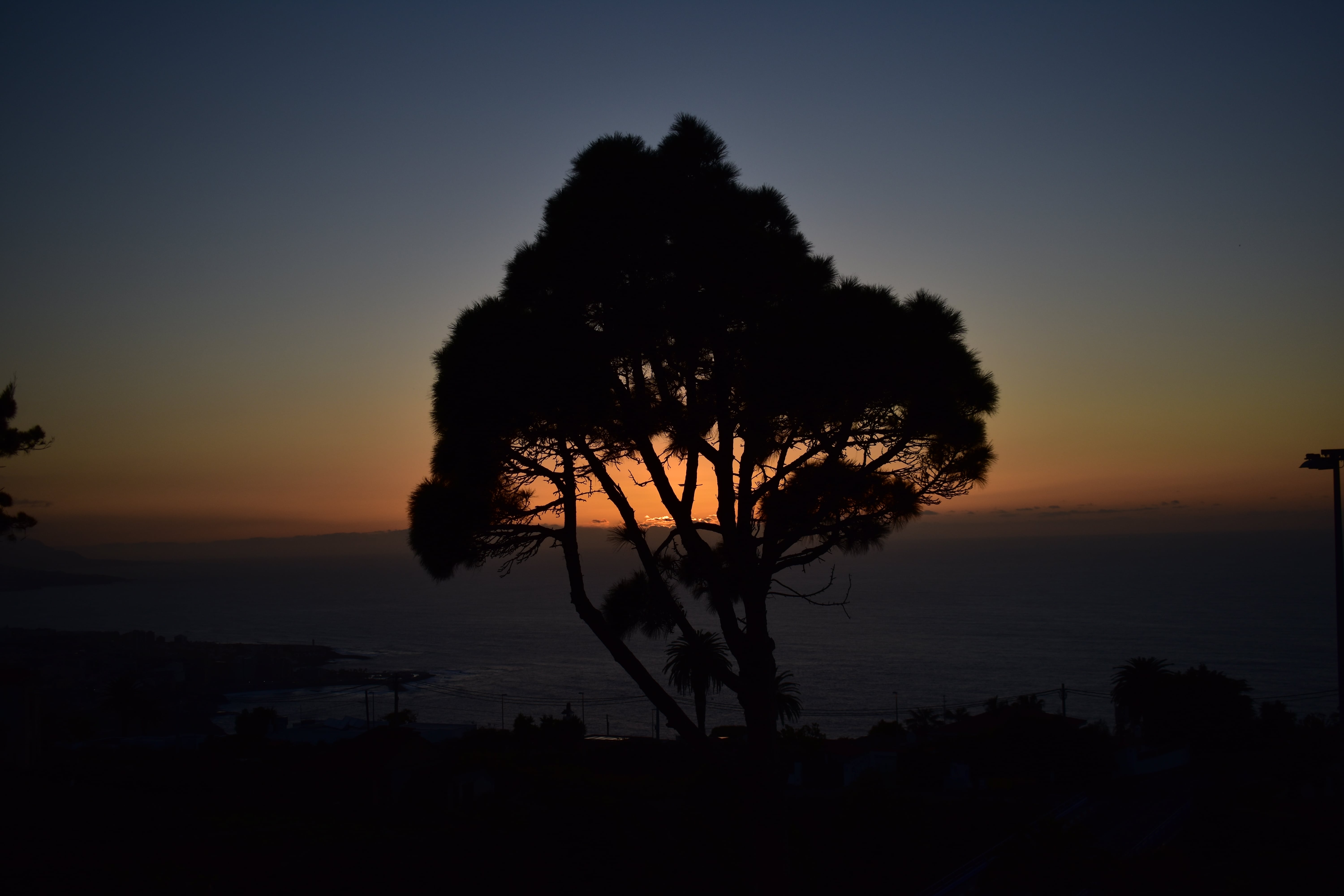
The next morning we drove to the airport. But there was a problem. The whole time we had been driving, there had been yellow warning light in the dashboard, saying “neumático presión.” I panicked when I first saw it, of course, since I assumed that this had something to do with our suspension. But when I asked the rental car agent, he said it was no problem. It had stayed yellow the entire weekend. But on Sunday morning, as we prepared to return to the airport, it turned a bright red and said “urgente.”
At this point I asked Rebe what “neumático” meant.
“You don’t know?” she said, alarmed.
“I’m not sure…”
“It means tires,” she said.
“Seriously?” I said. “Oh, shit.”
Now, to reiterate, I did not know the first thing about car maintenance. I still don’t. So I was at a loss. I had Rebe call the rental car company, who told us to take it to a gas station and use the free tire pressure gauge. We did. It took us about ten minutes to figure out how to use the machine; we must have looked like two bumbling idiots. When we checked, we found that one tire had considerably less pressure than the rest. With five minutes of pumping, balance was restored, and the warning light turned off. Soon the car was returned to the airport parking lot, and my adventure in automobiling had come to a close.
I should mention that the car rental experience in Tenerife was excellent. I used PlusCar, and I would recommend them to any who wish to travel to the Canary Islands. The price was cheap and included insurance. The company also had a surprisingly relaxed attitude. There was little paperwork, no deposit, no threats of being held responsible for damages, and no attempt to sell us anything extra. And when we returned the car, we just left the keys under the dashboard and walked away. If only renting a car were always like that.
My last image of Tenerife was magnificent. The plane began to accelerate down the runway, taking off and ascending away from the ground. In five minutes the windows were covered with the white of clouds. Moments later, as we broke through the layer of mist, I looked out to see Teide, with its crown breaking through the sea of fog. I could hardly believe it: the peak was still above us! This was the first time I had looked up at the ground from a plane window.
I wish that I had spent more time in Tenerife. It was one of my best trips in Europe. The landscape is beautiful, the people are charming, the food is delicious—and, best of all, the price is reasonable. I would go back.
Despite my constant terror, I also relished the experience of having a car. The prospect of car ownership has never had much appeal to me. But renting a car made me understand: a car means freedom. True, it also means having to take care of the car, as I also learned. Still, I loved the feeling of being able to go wherever I pleased, whenever I pleased. And it is always a relief to conquer one’s fears. I had driven, and I had survived—something I never thought possible.
Of course, it was also very nice to be able to travel with Rebe. It was our first vacation together, and we managed not to kill each other. It turns out that spending a weekend on a tropical island with your girlfriend is, indeed, as enjoyable as it sounds.
